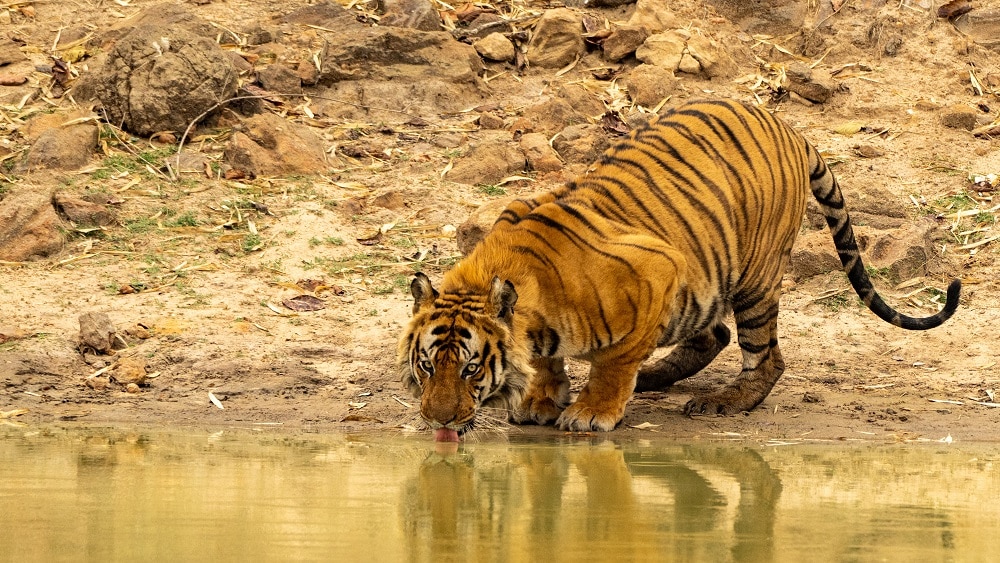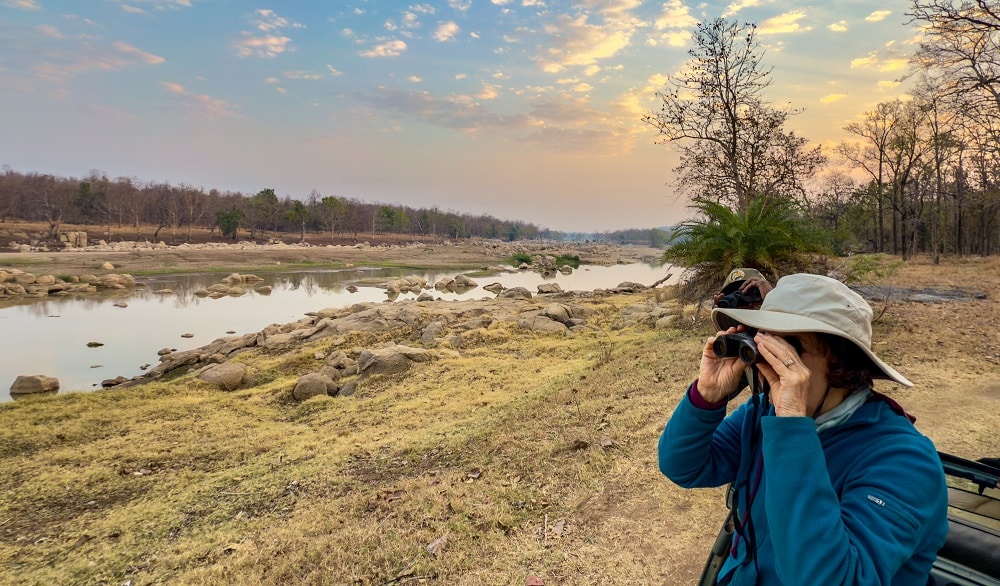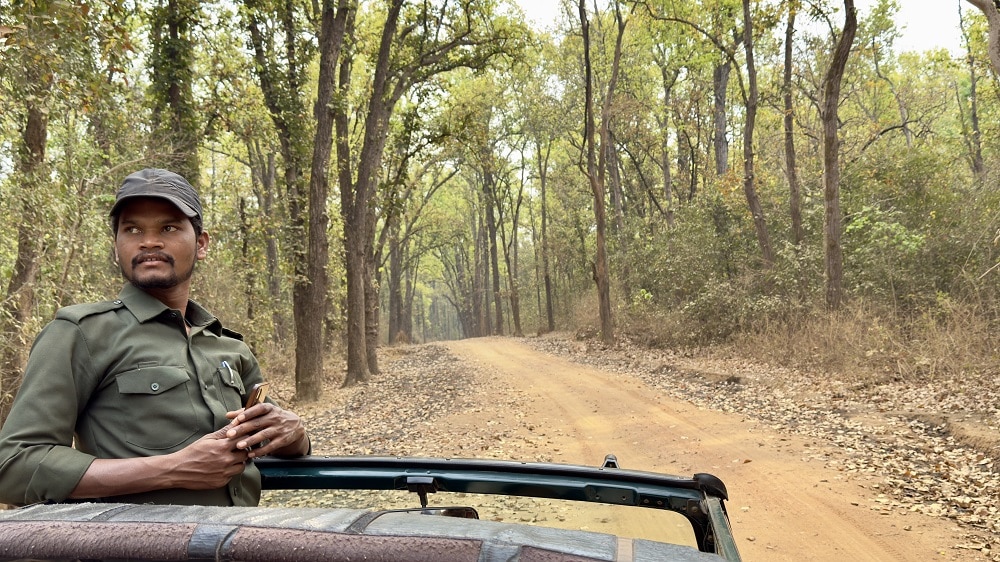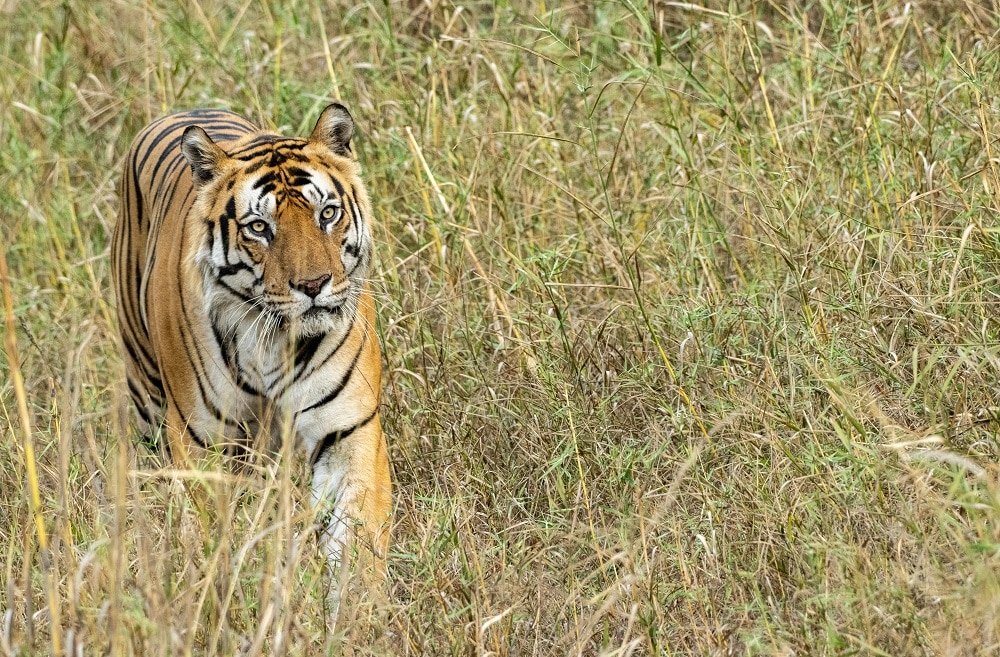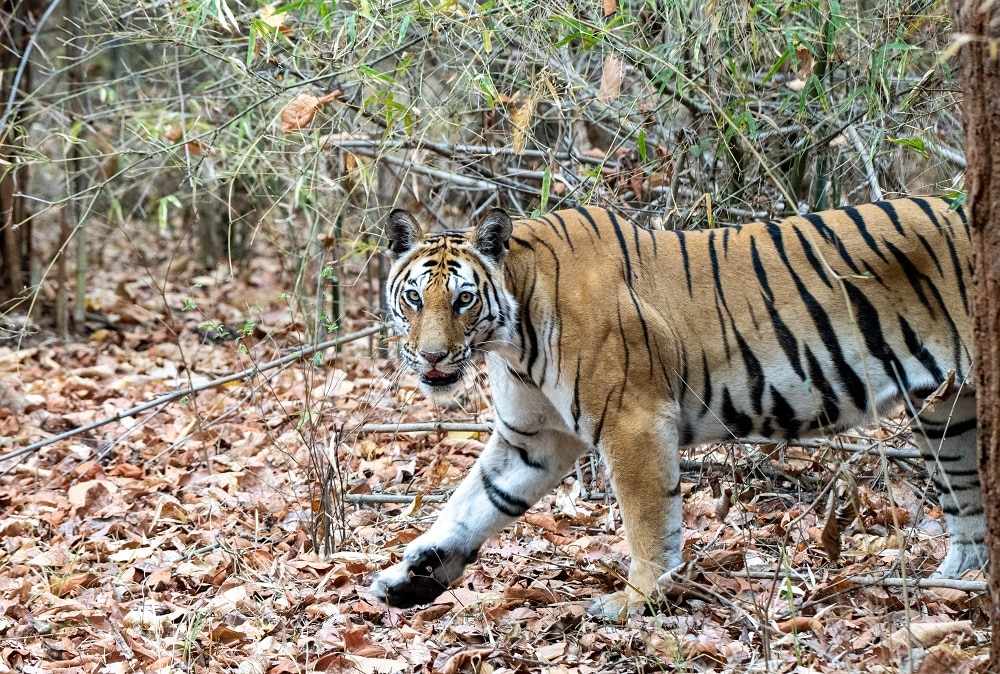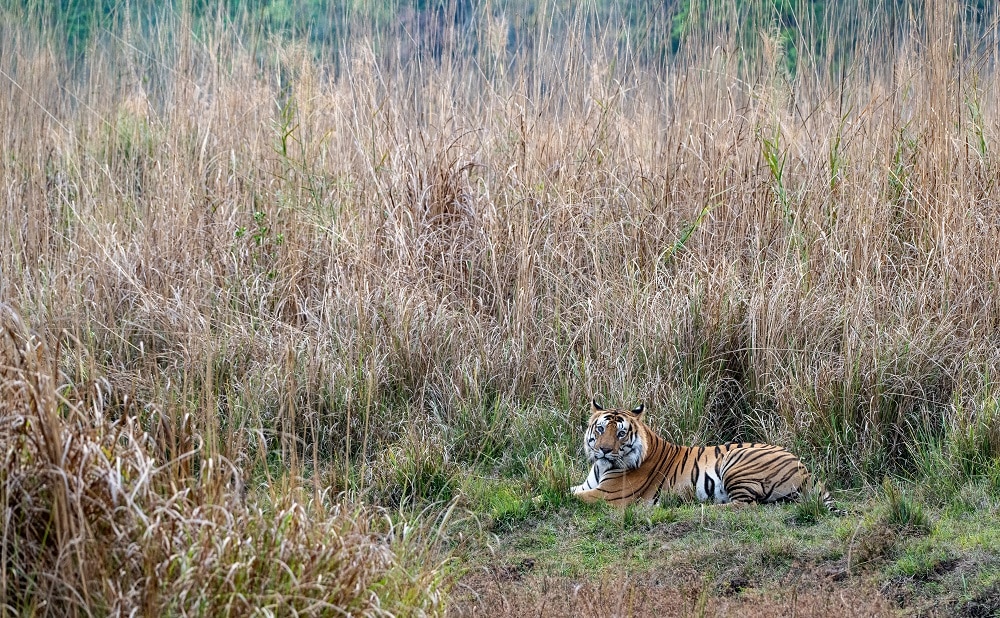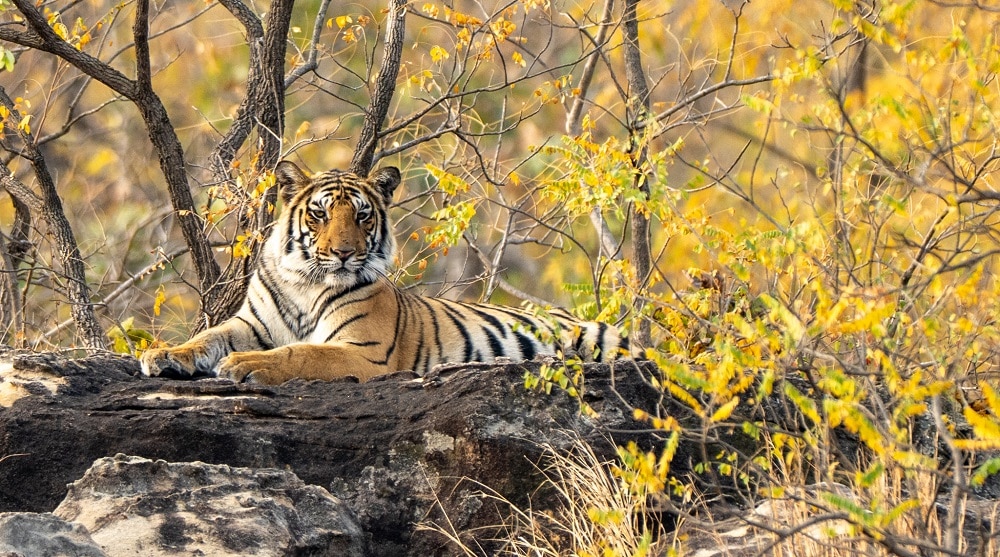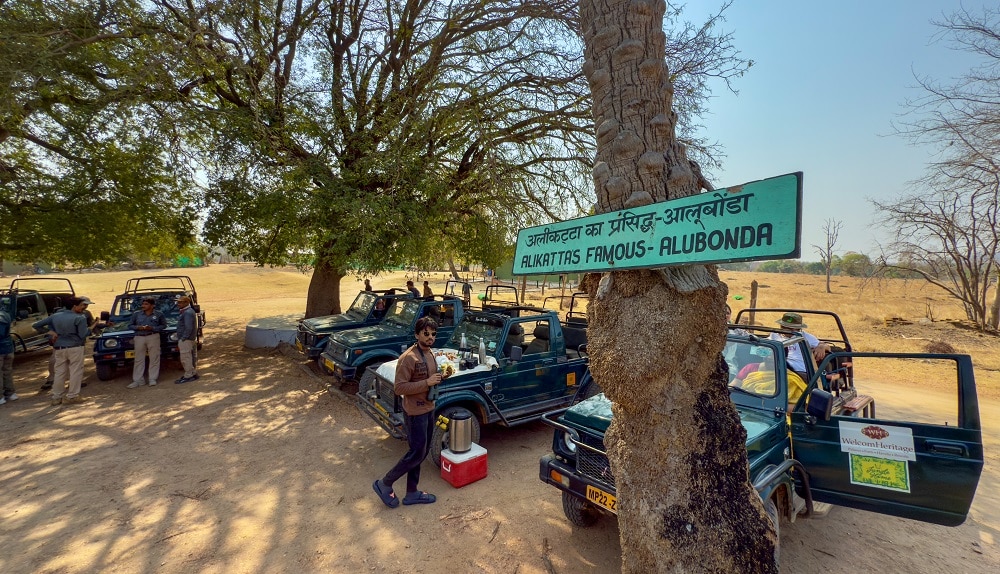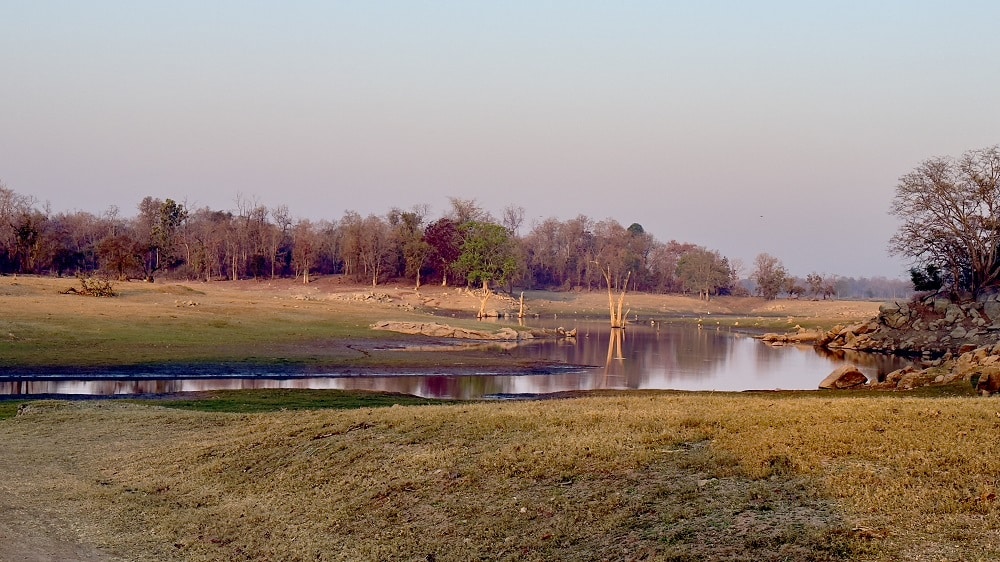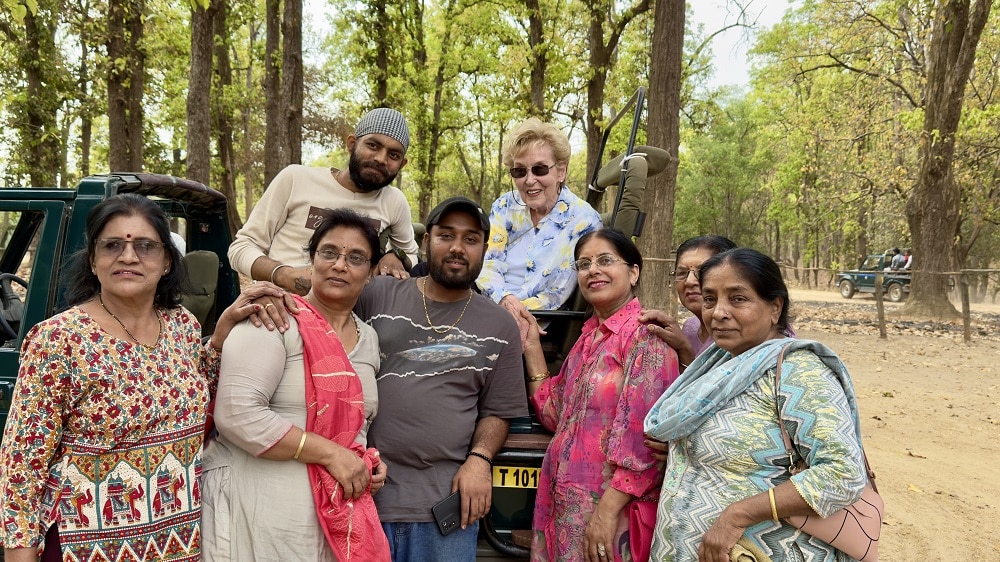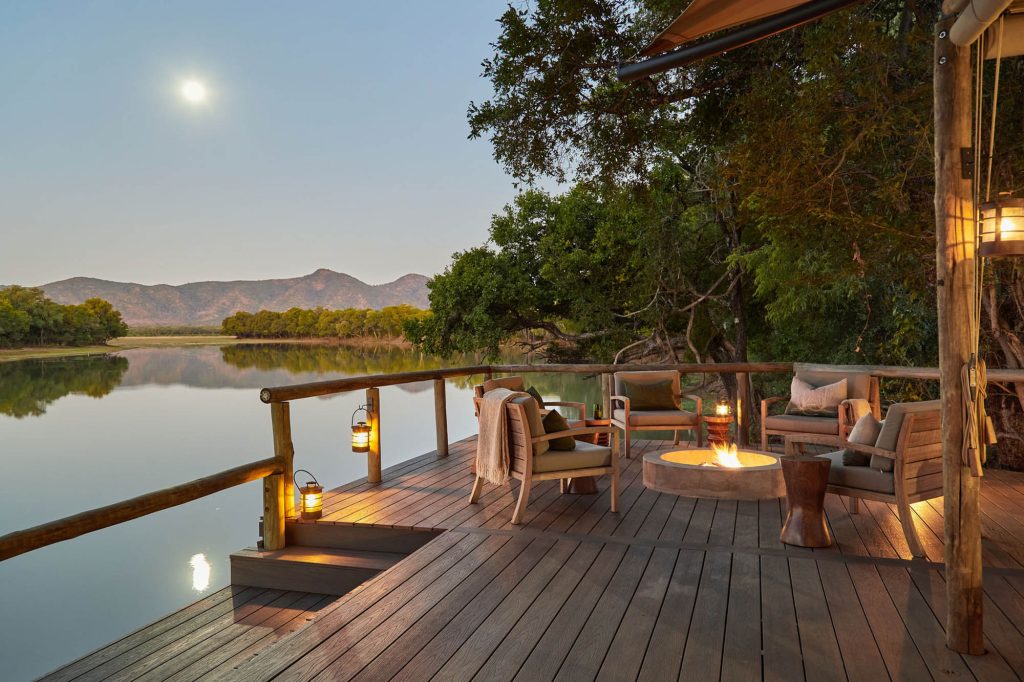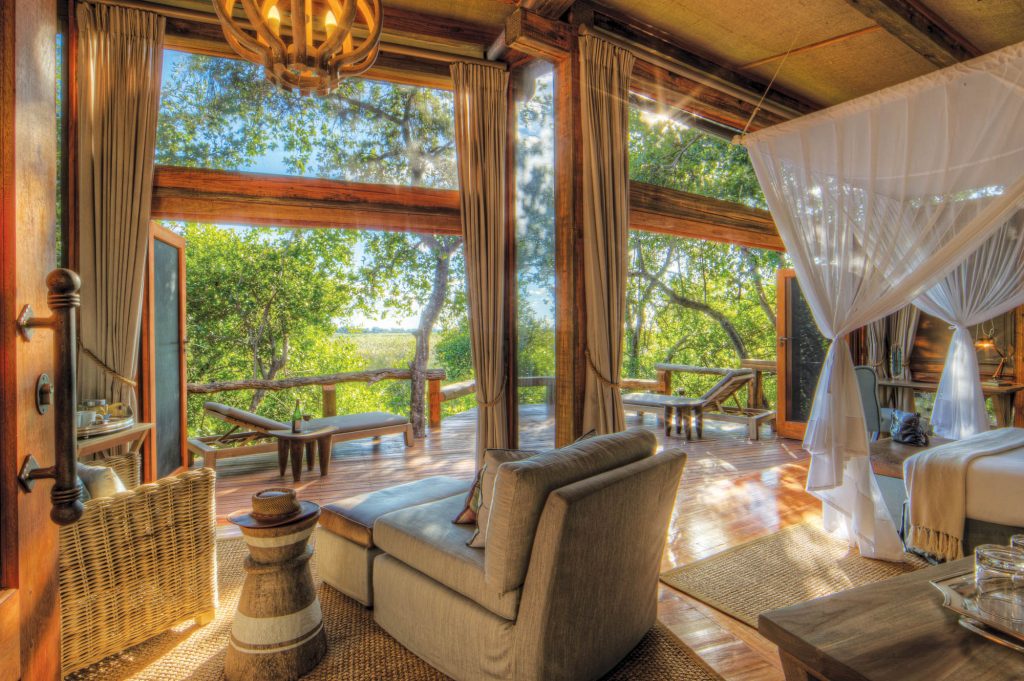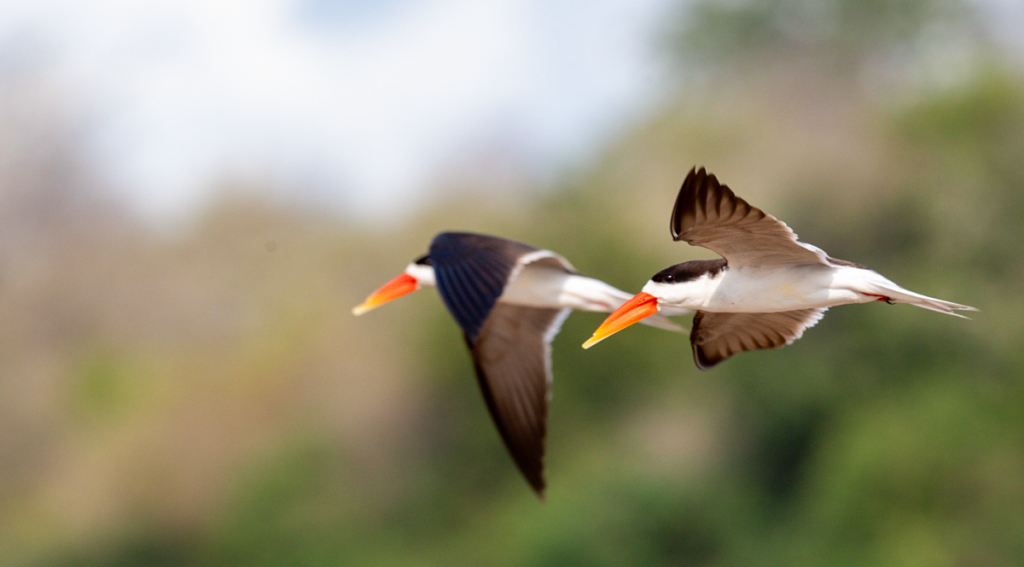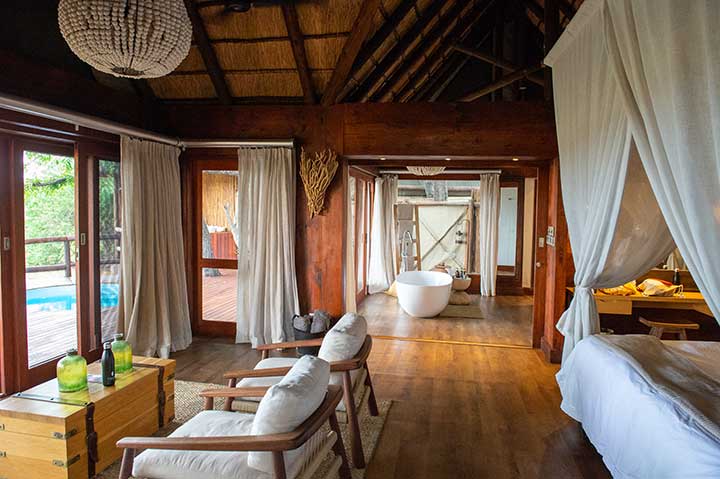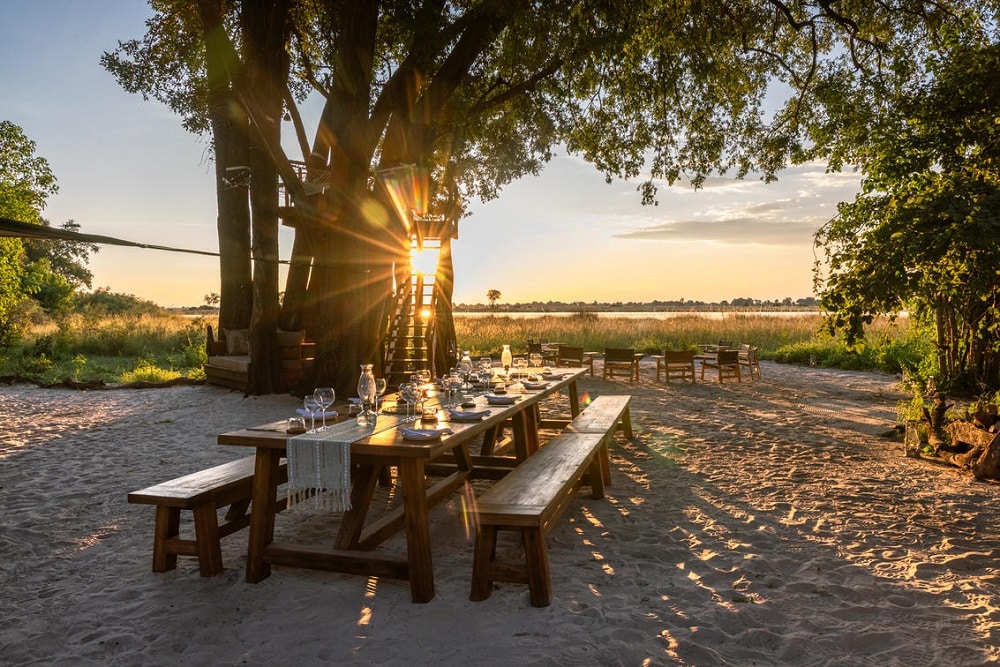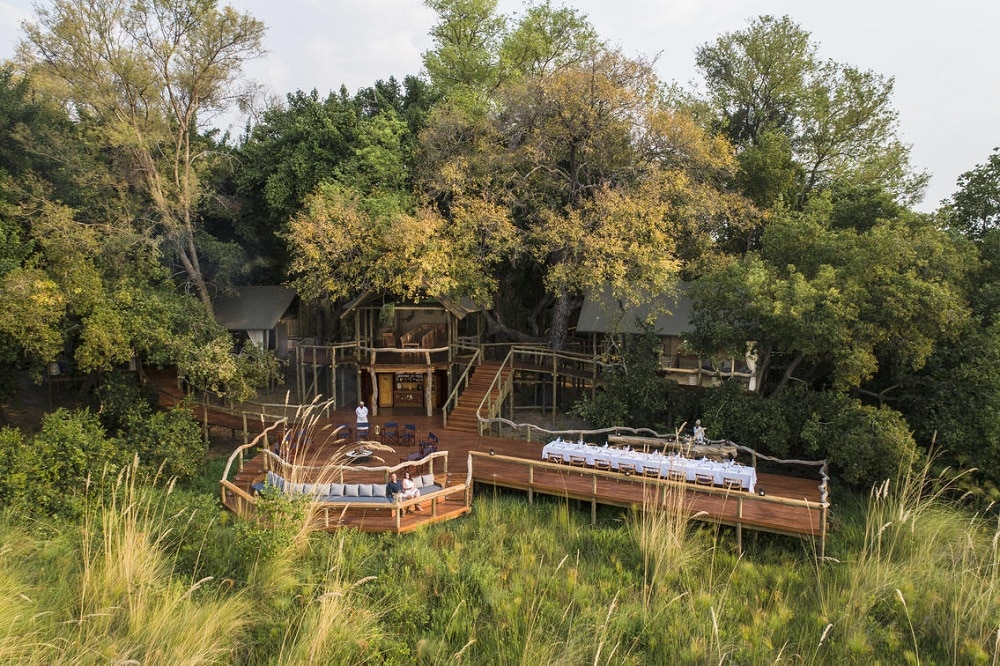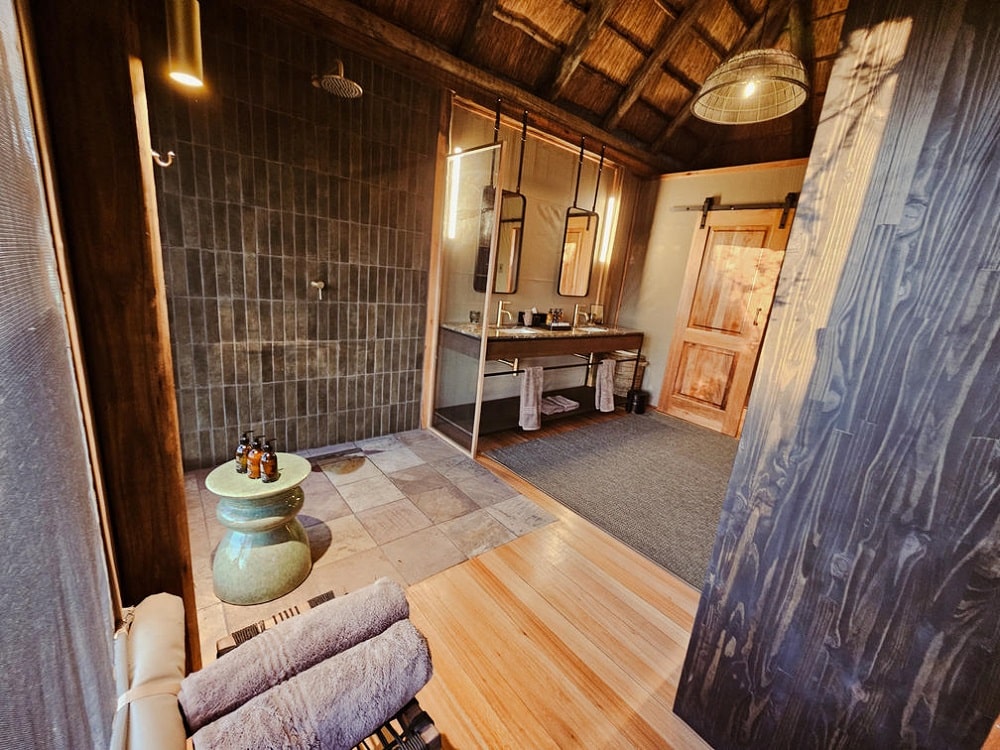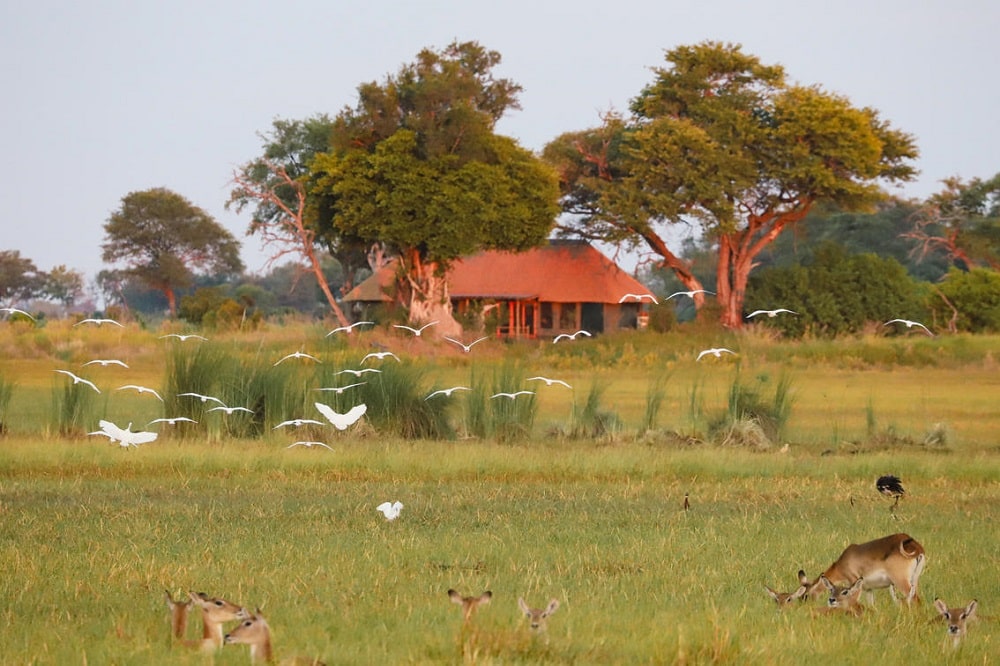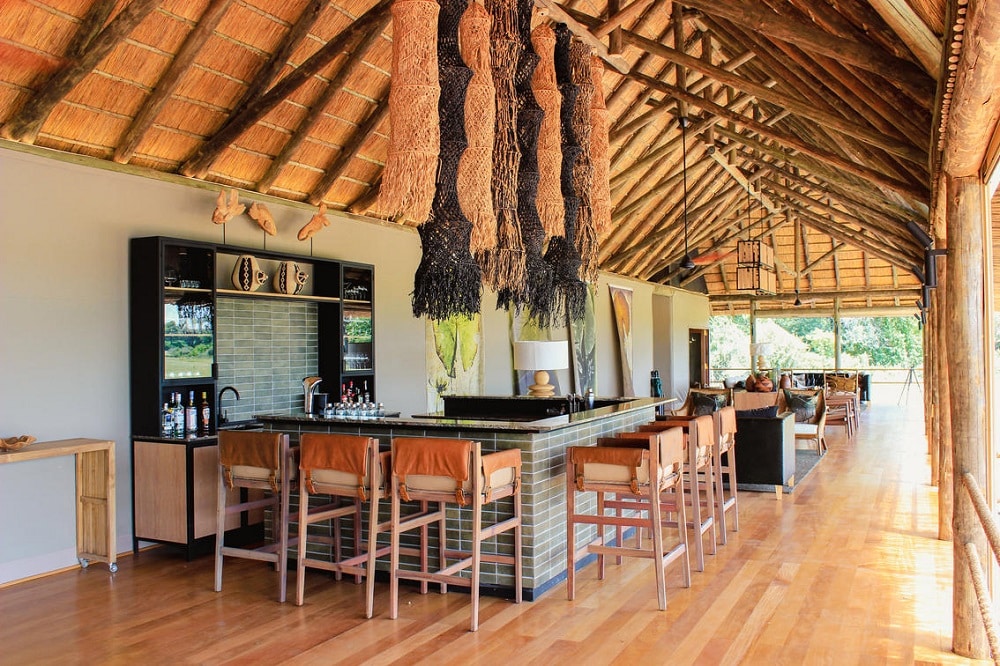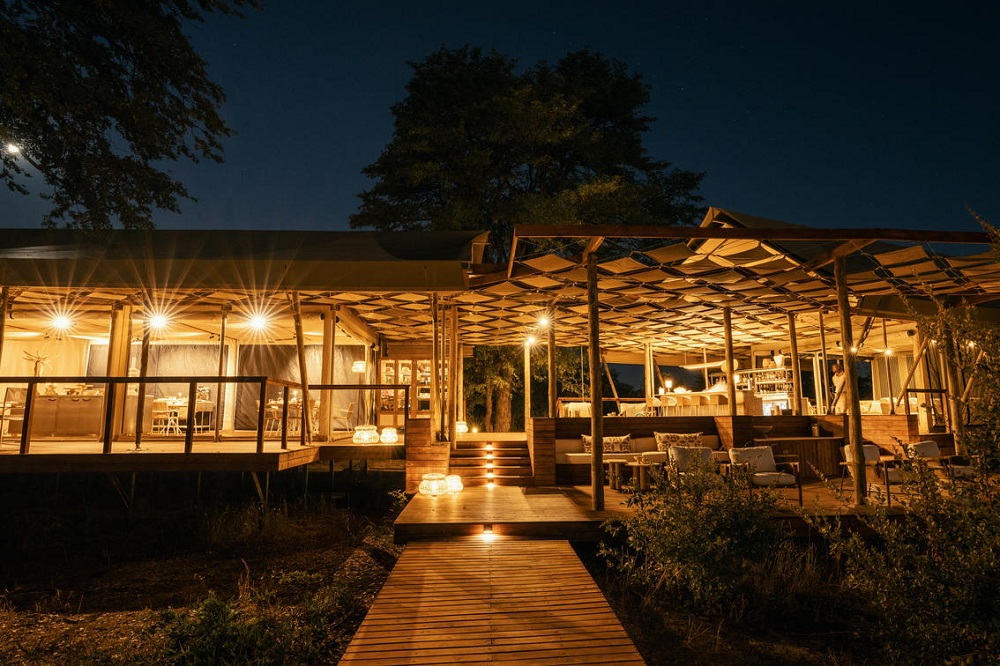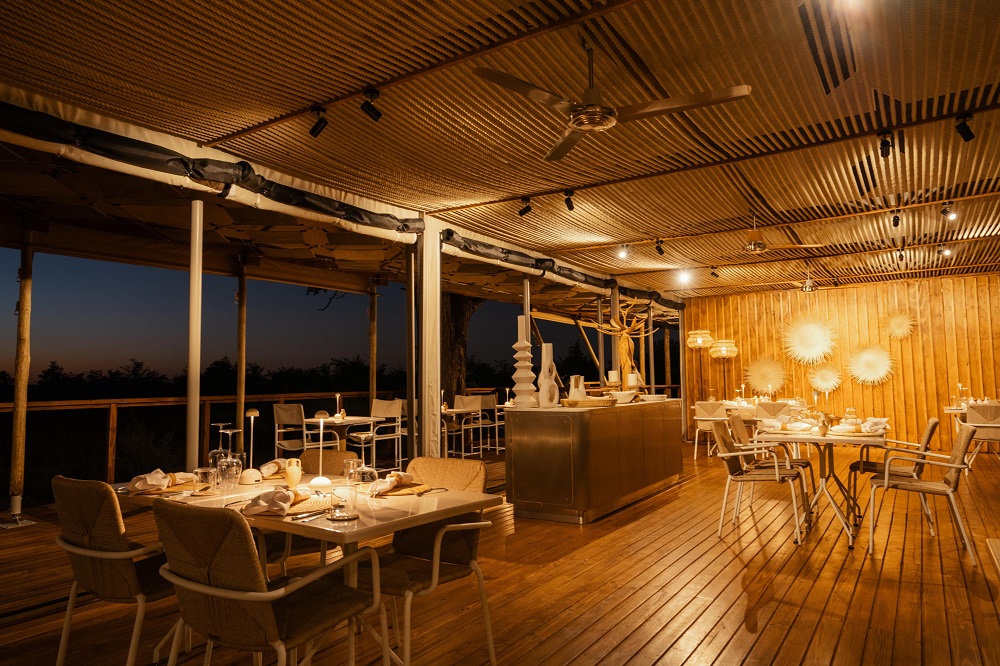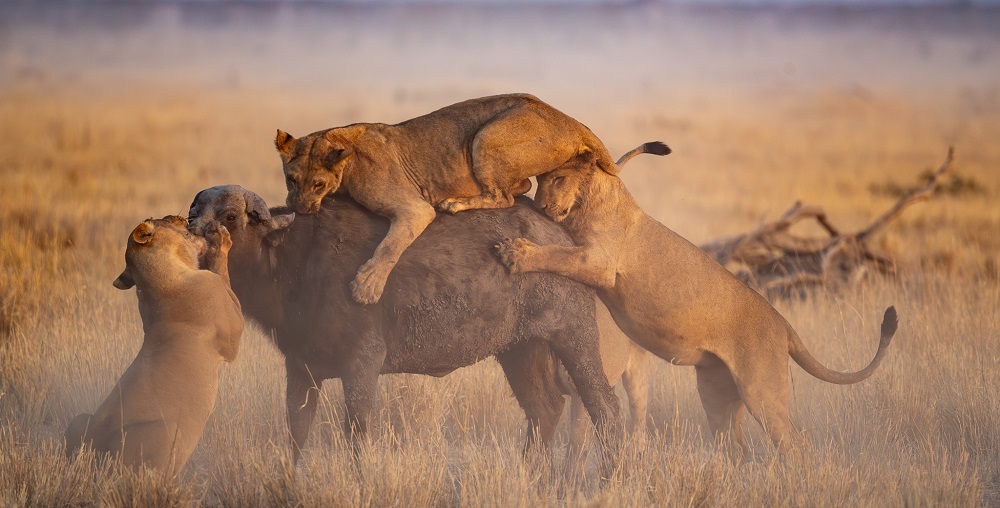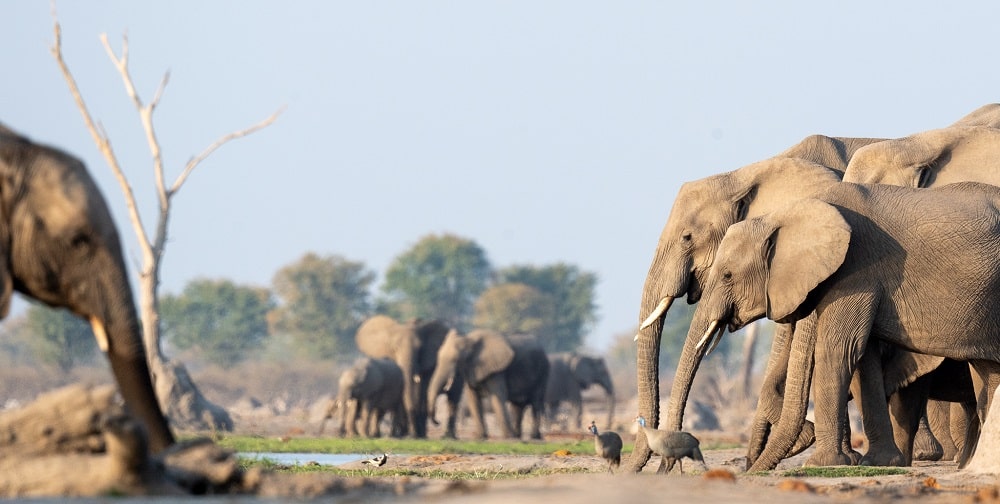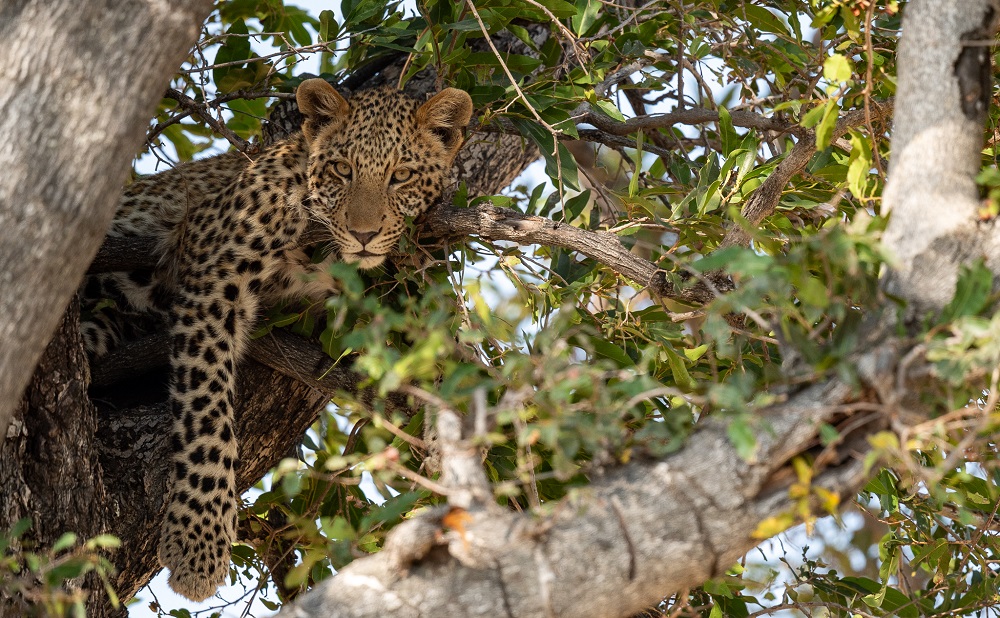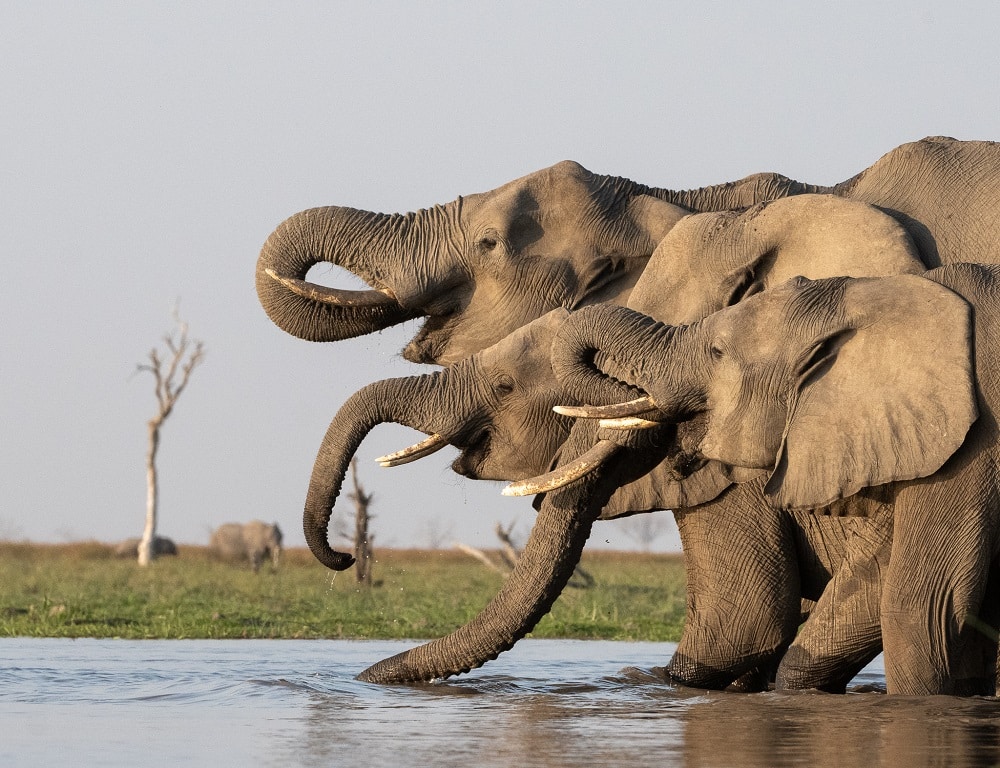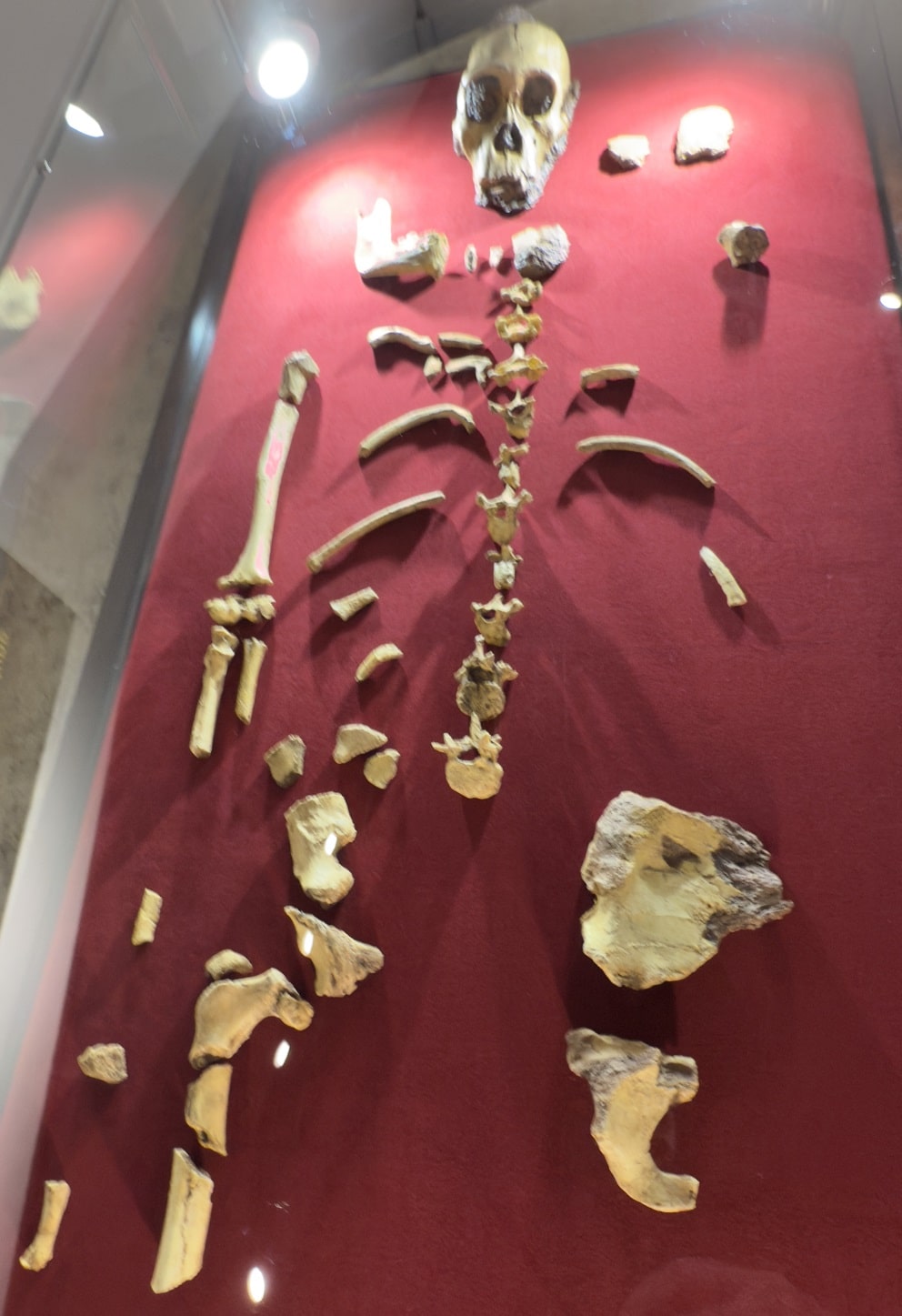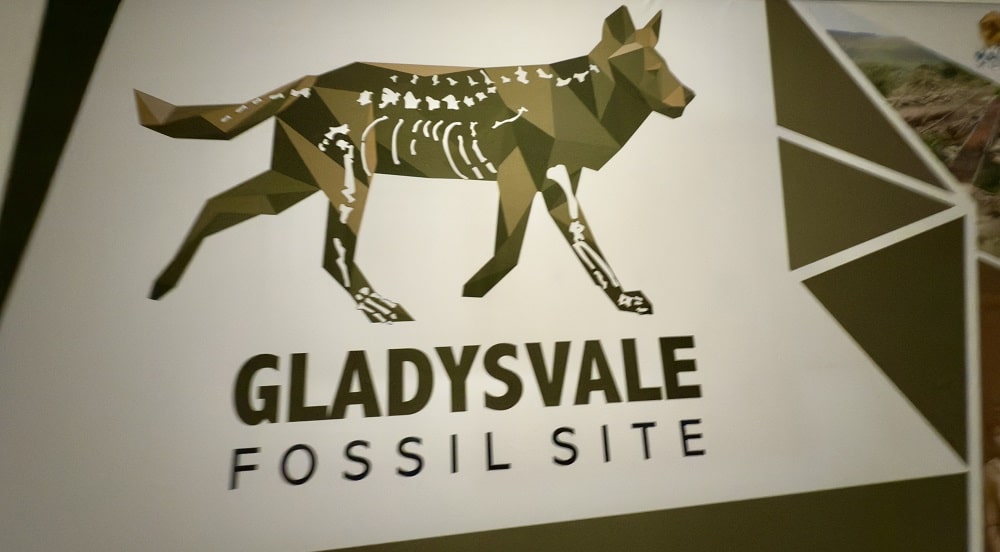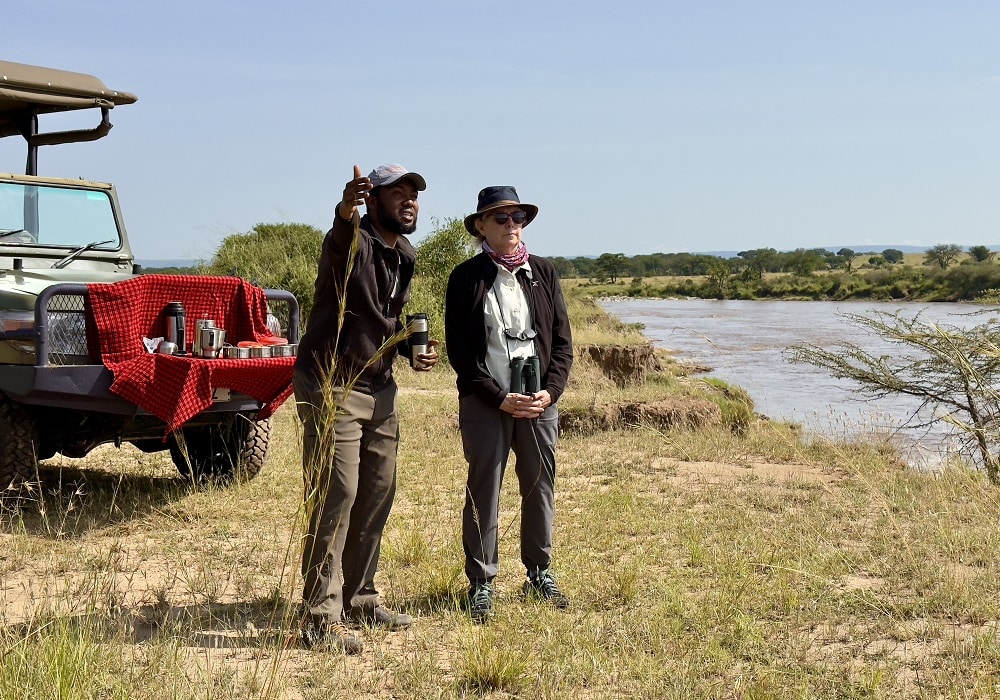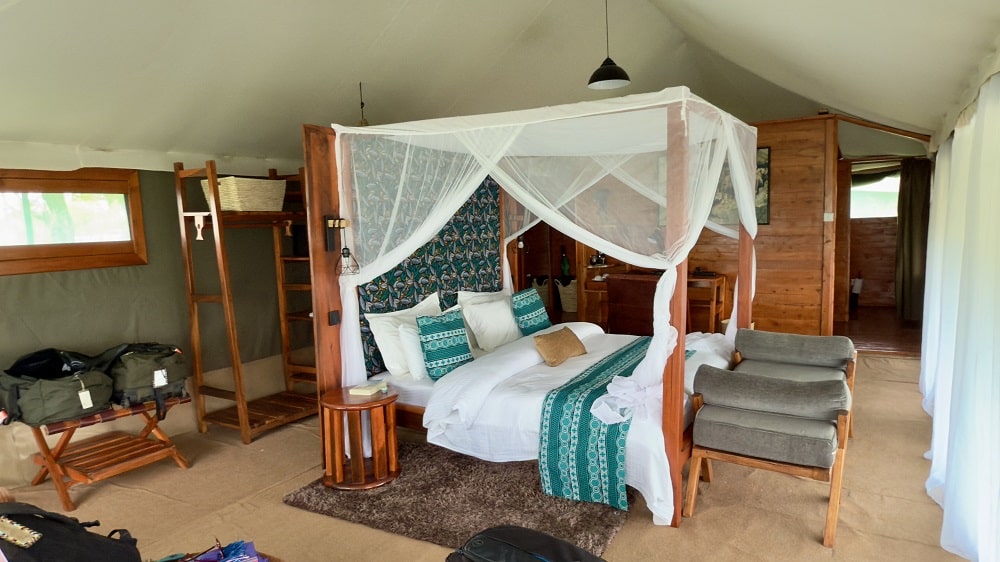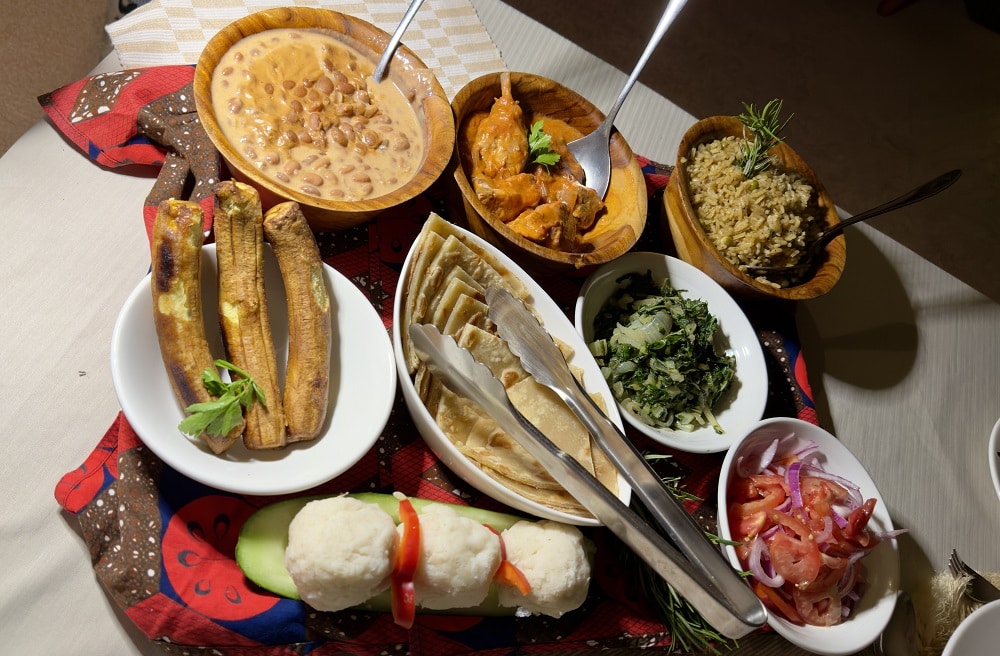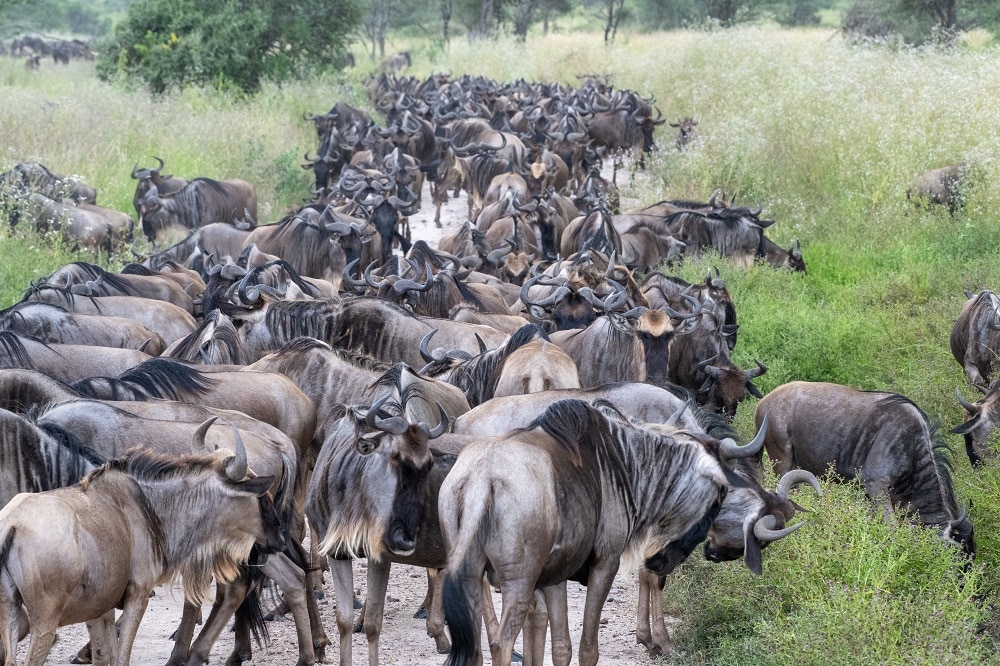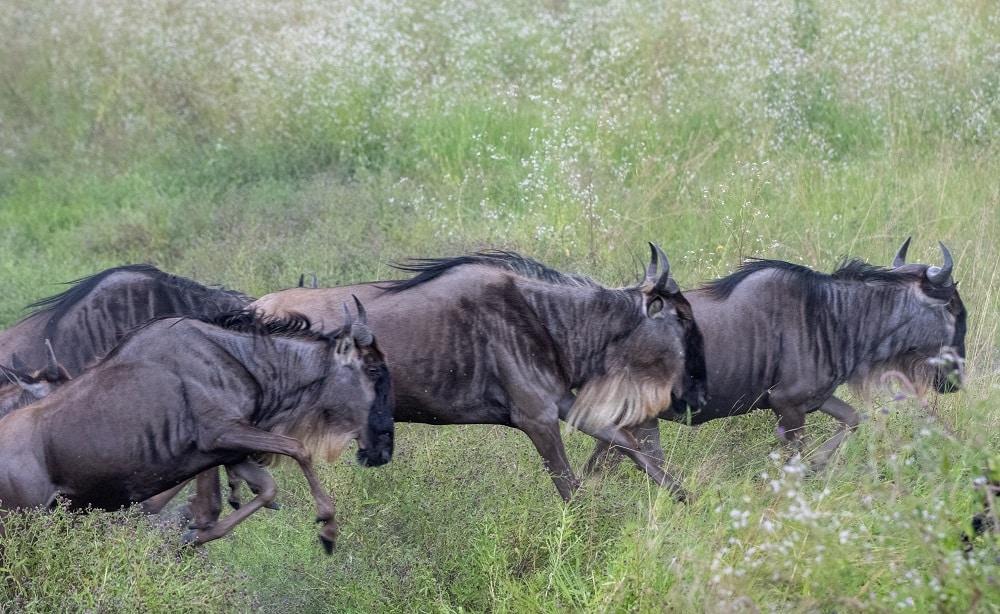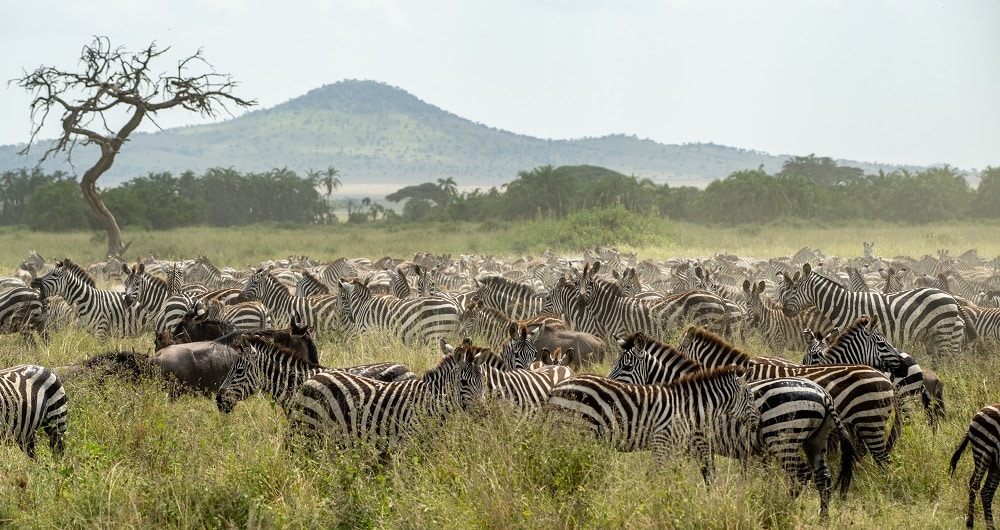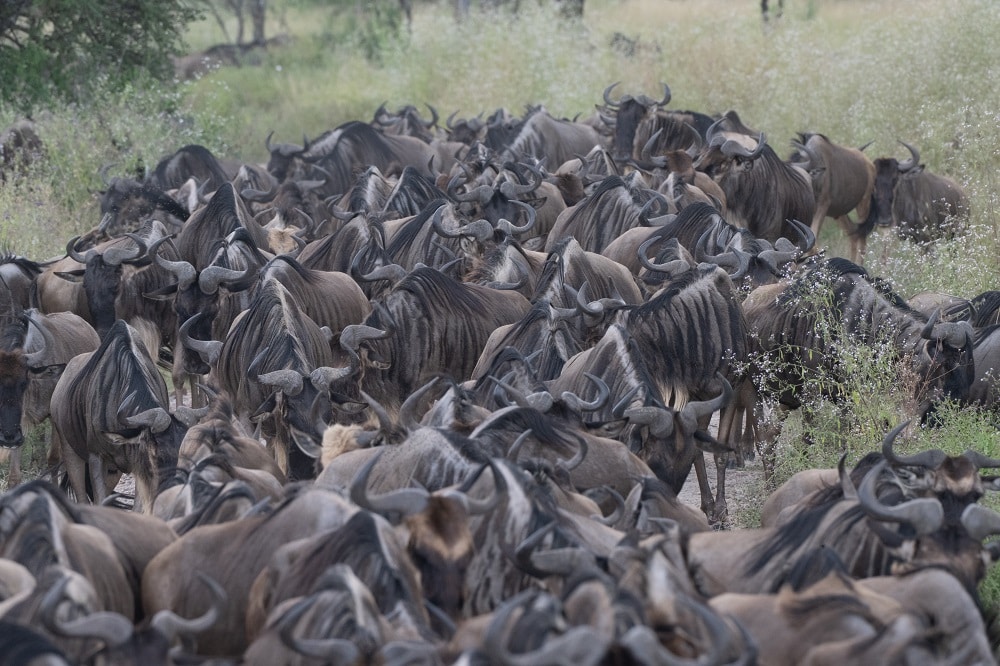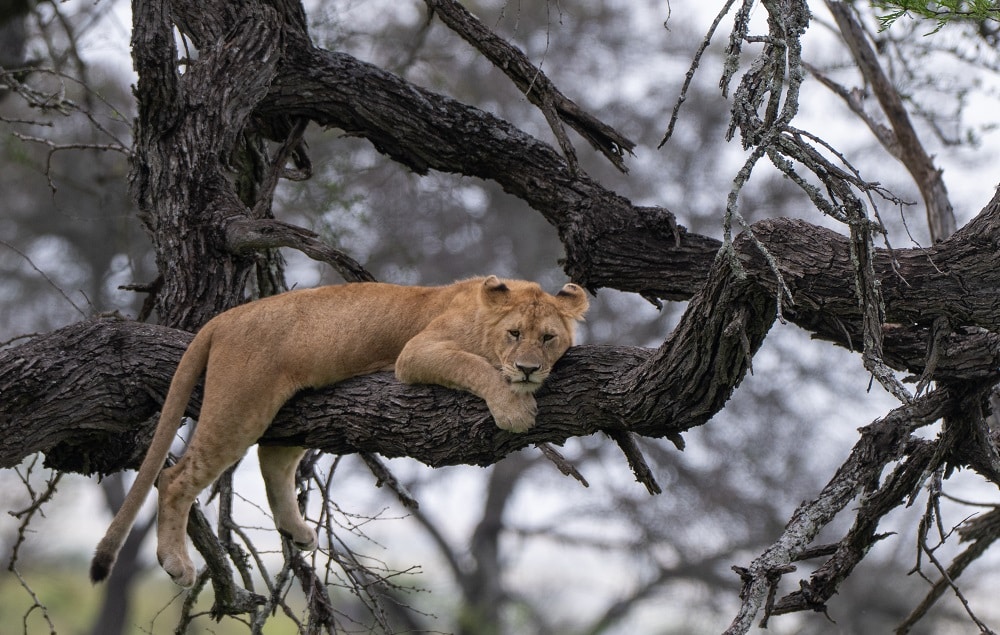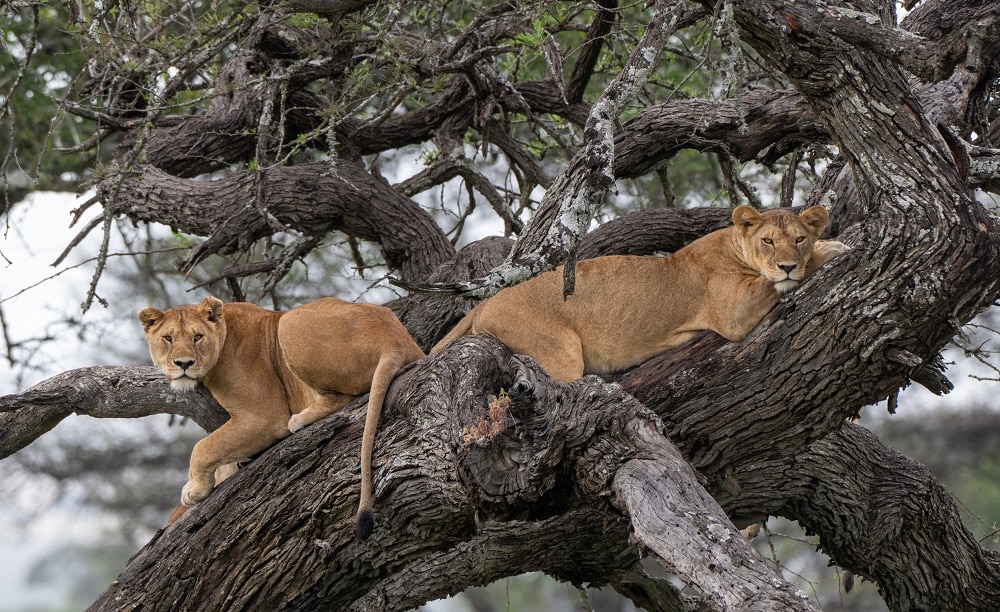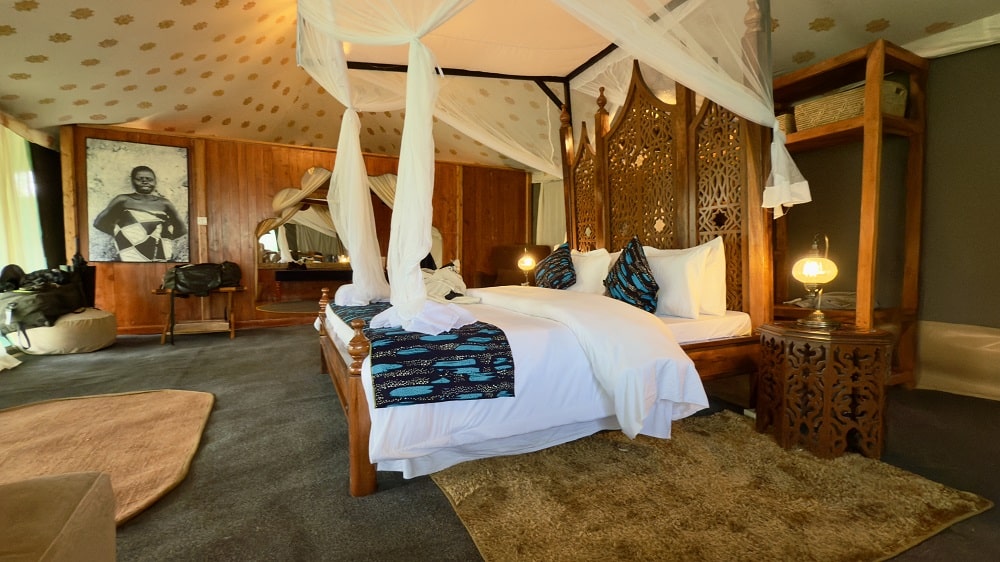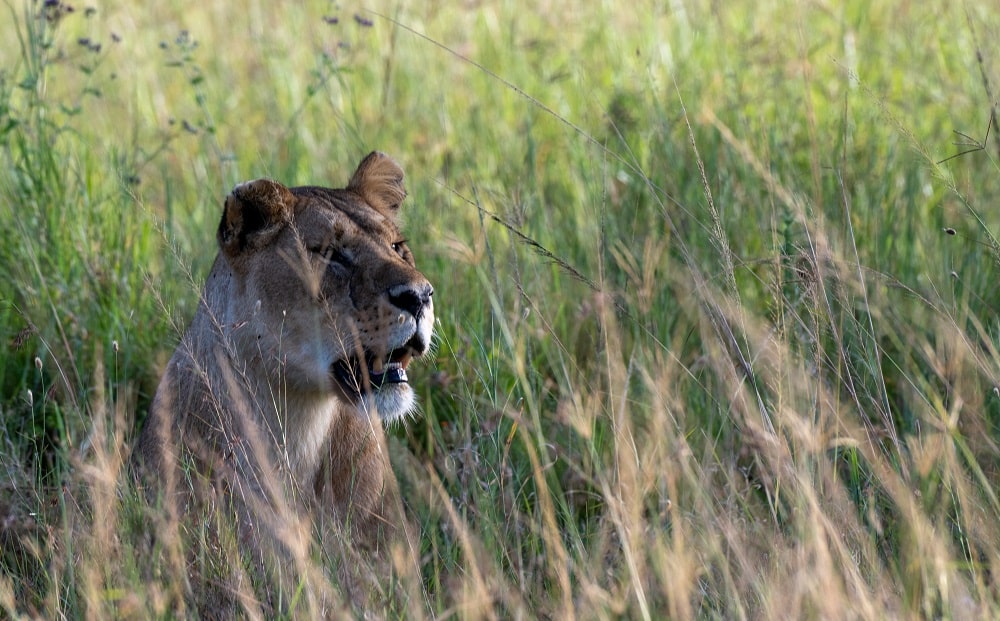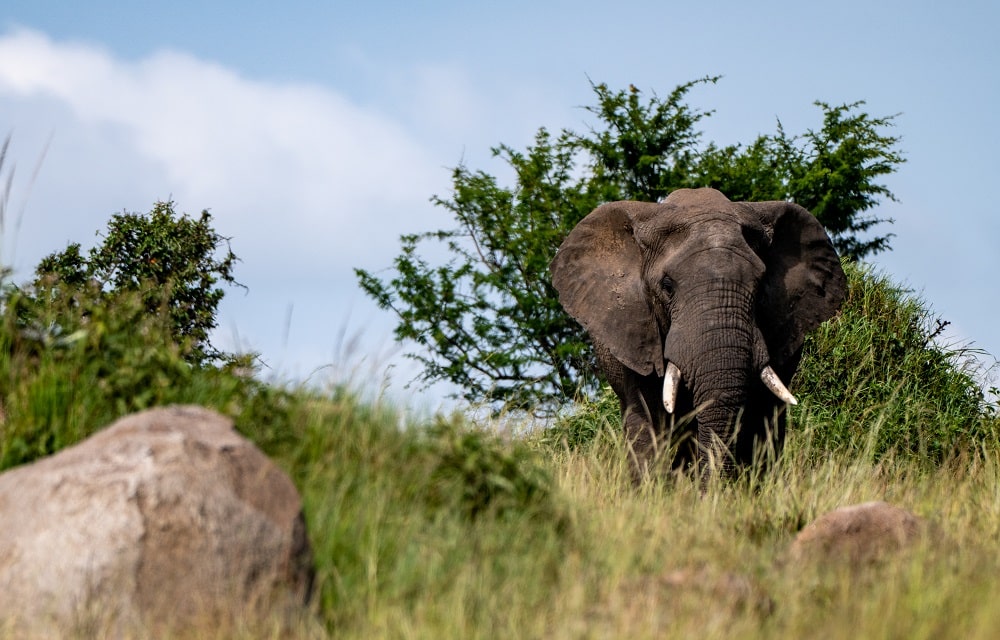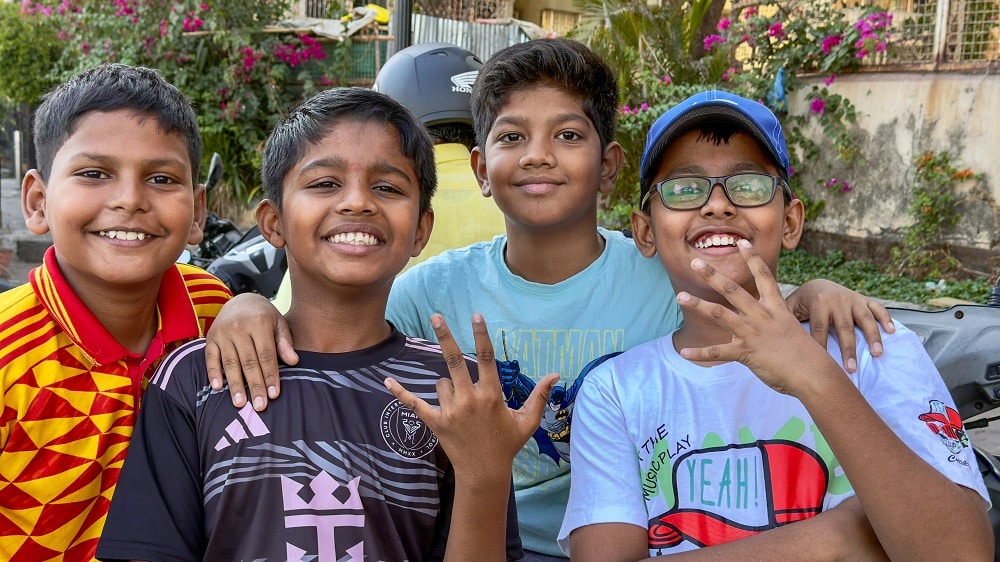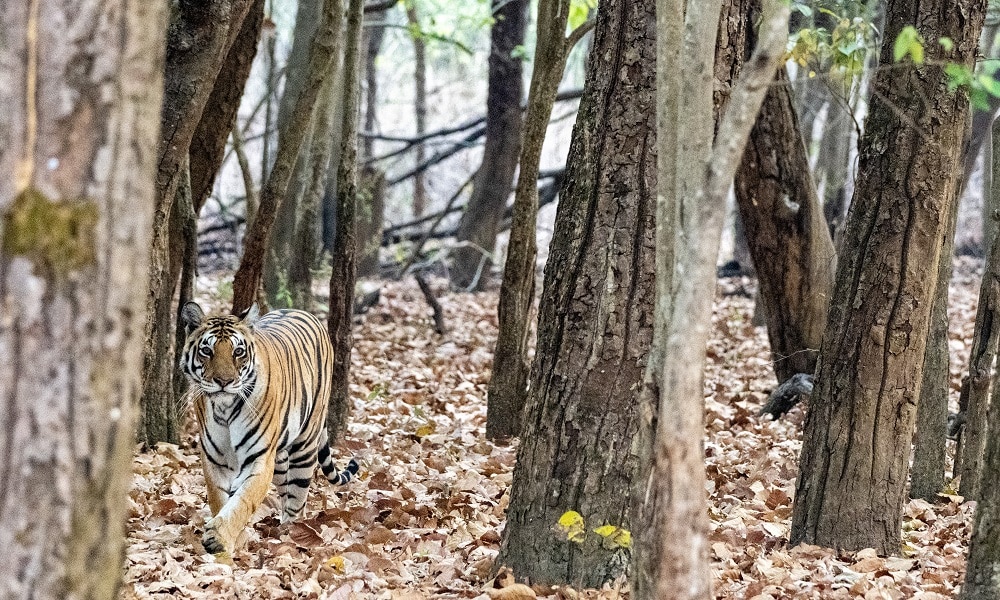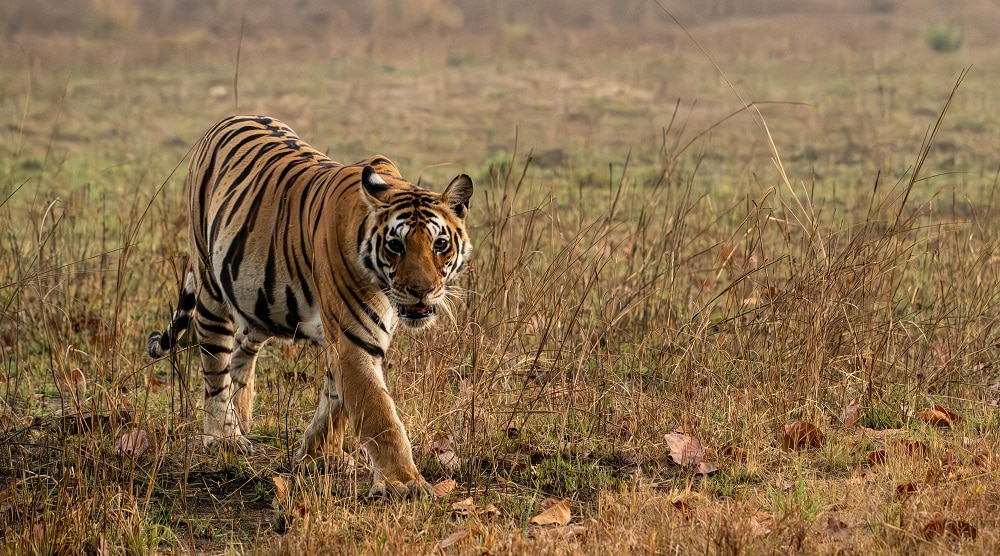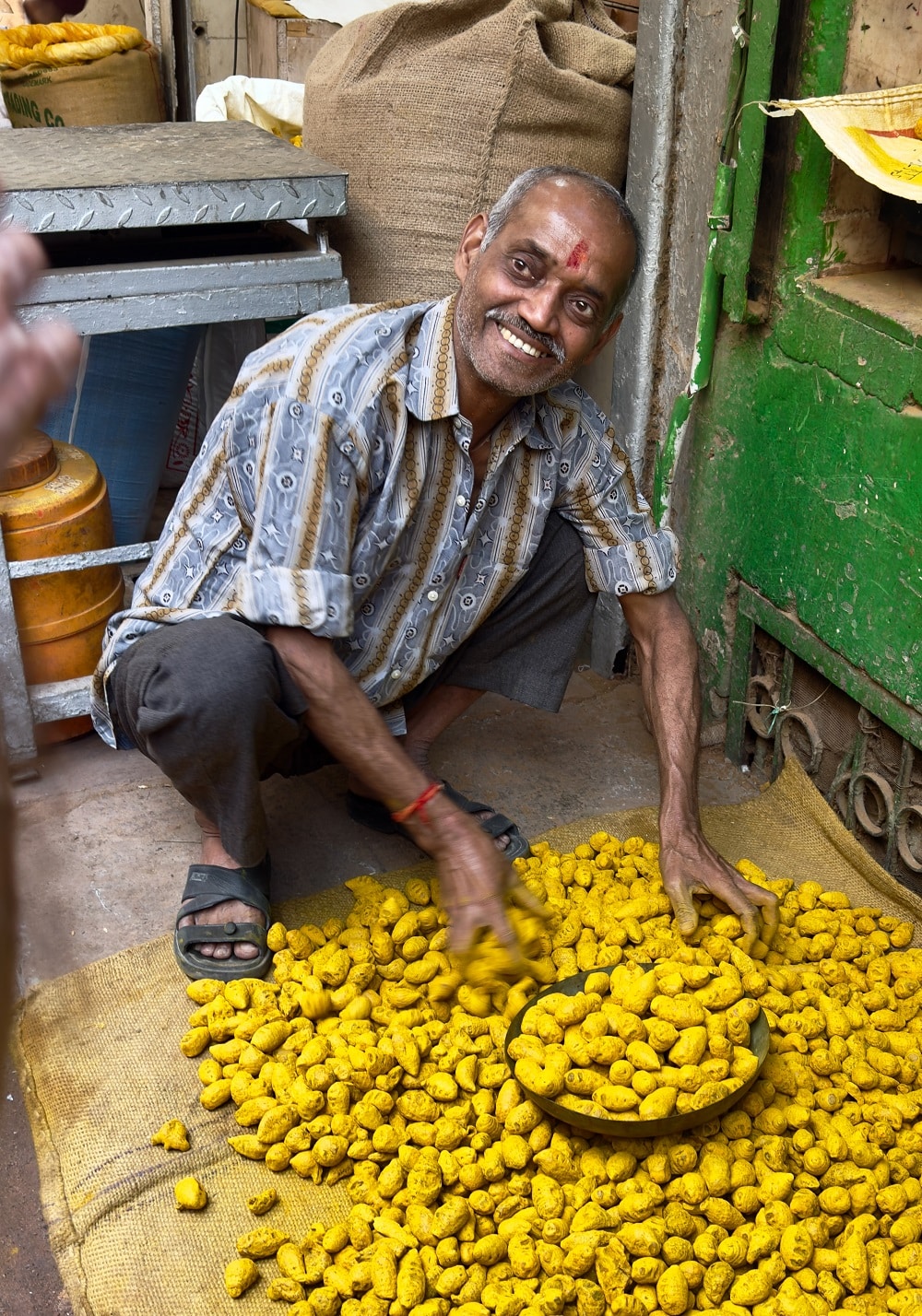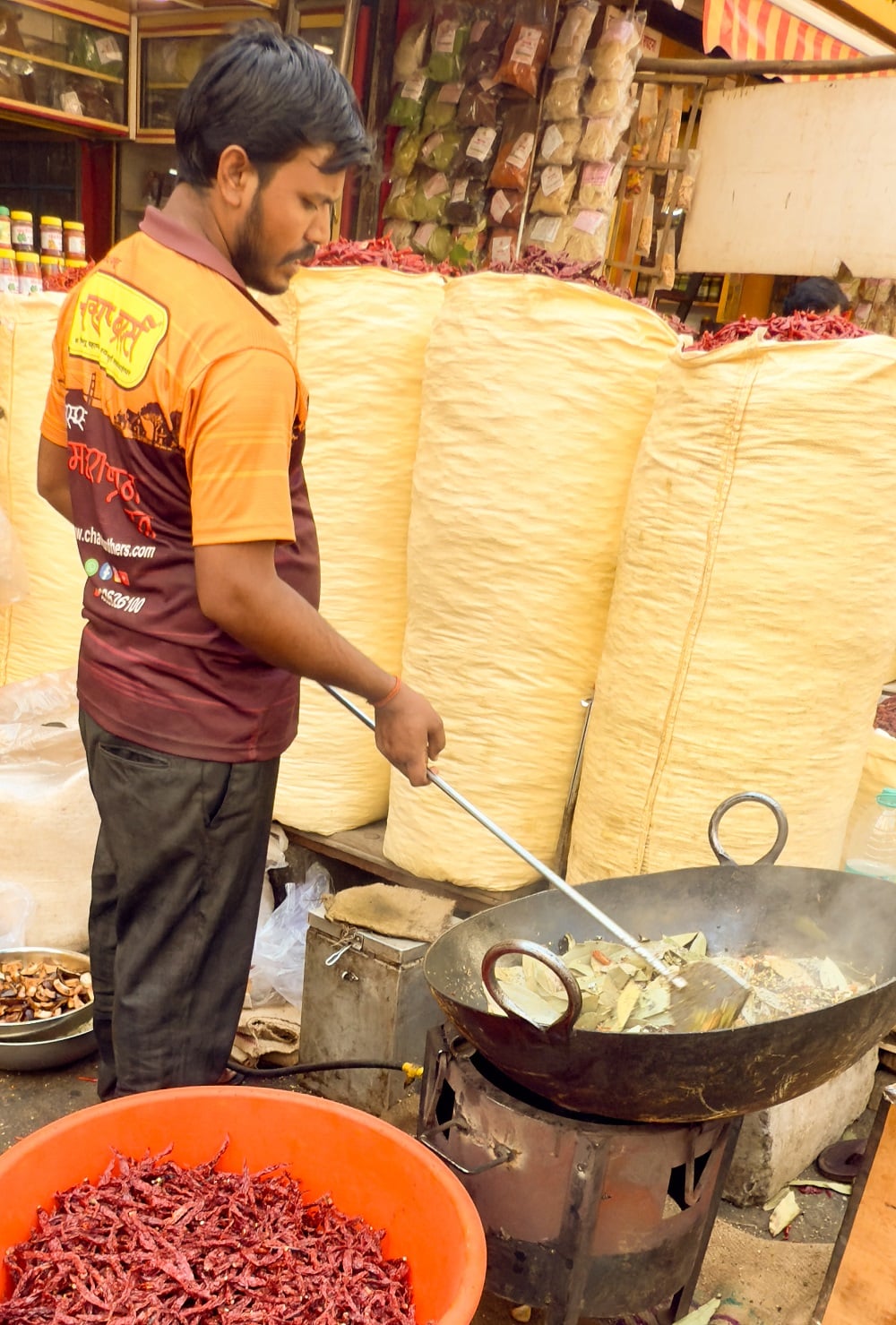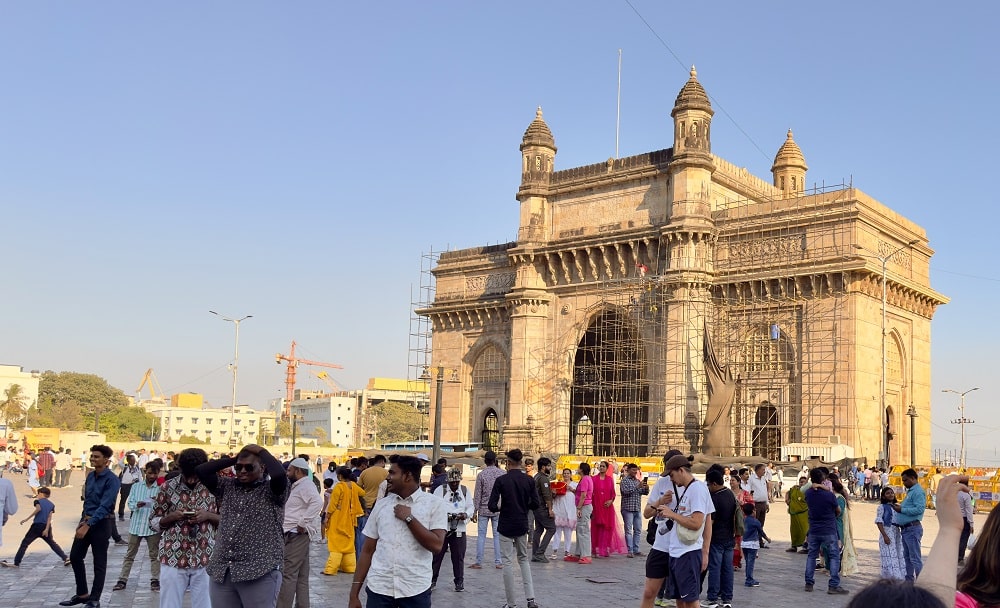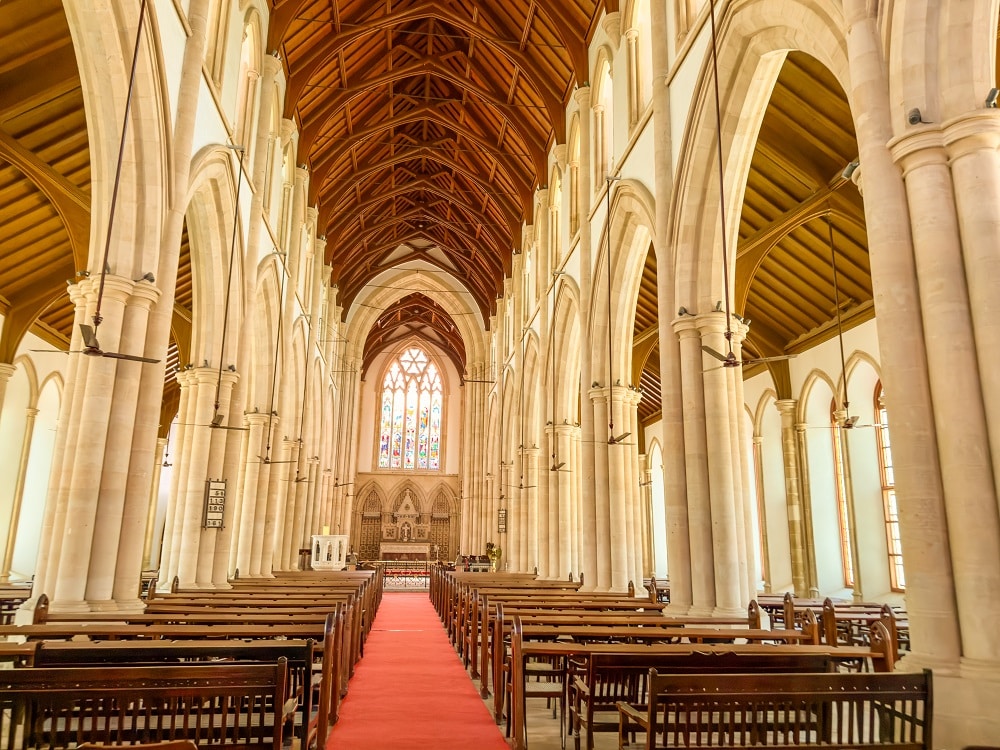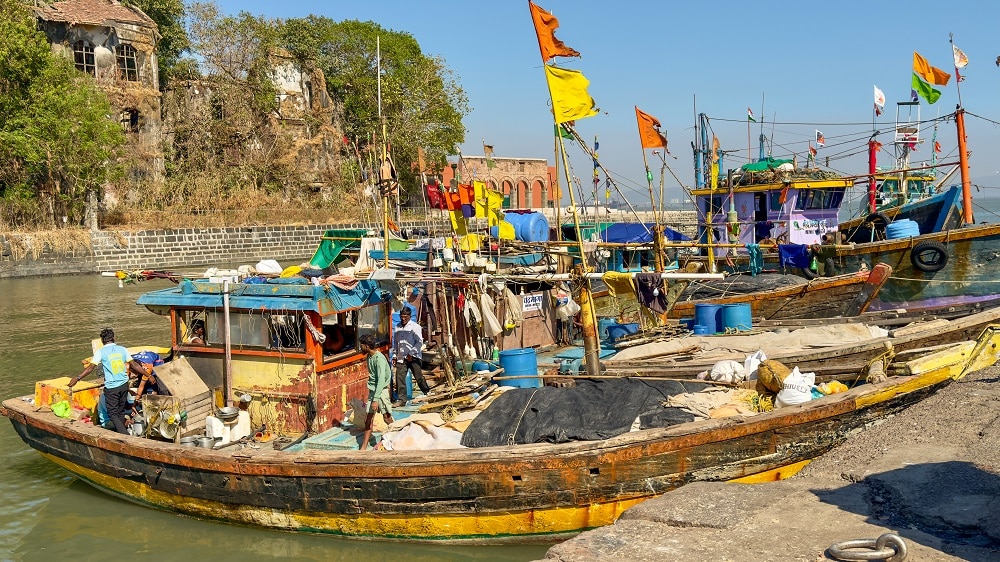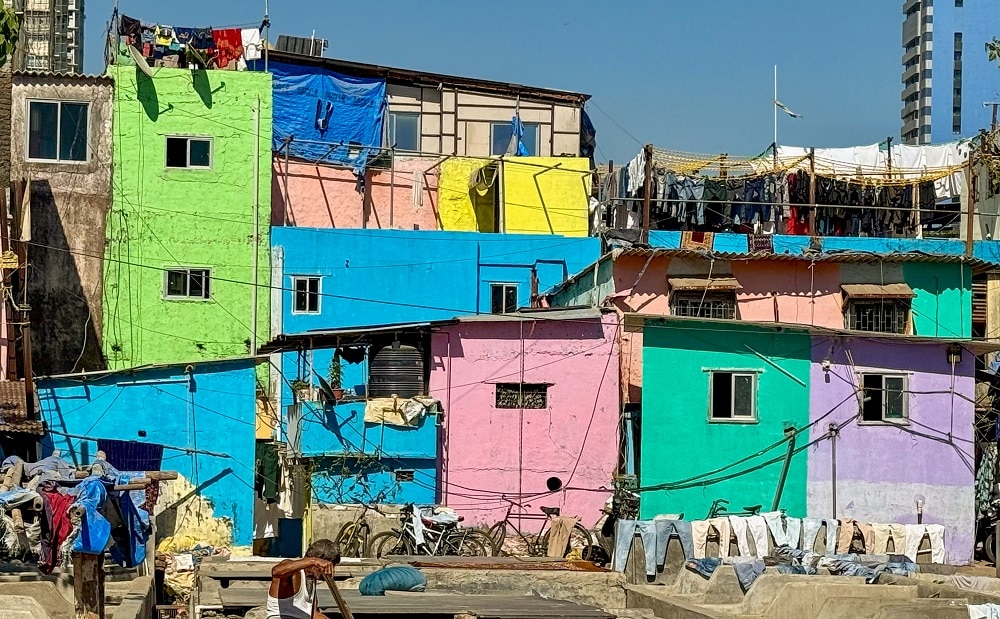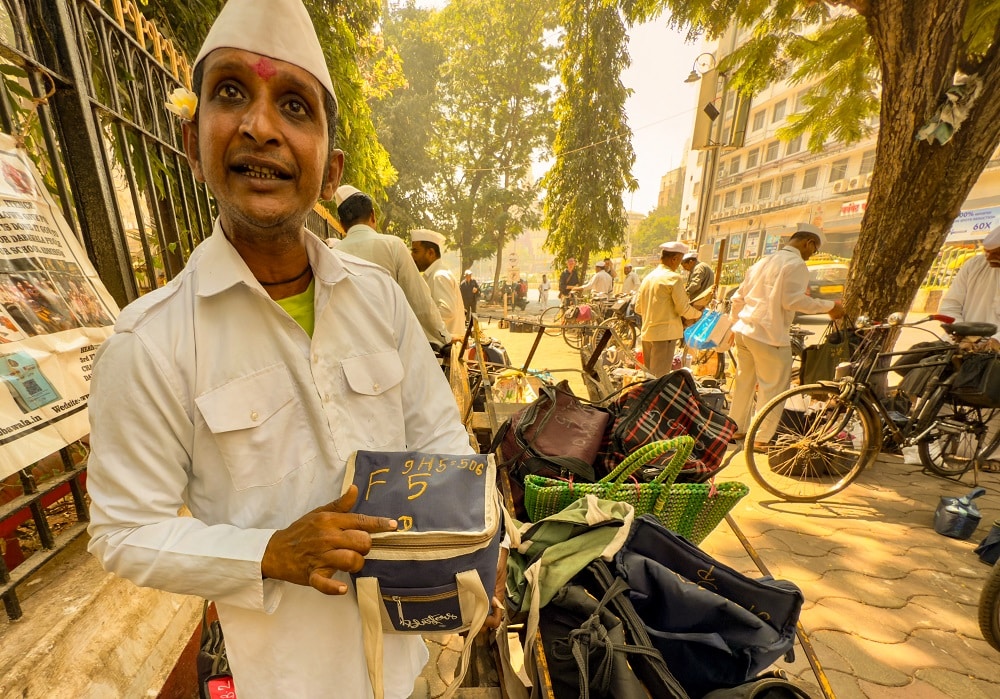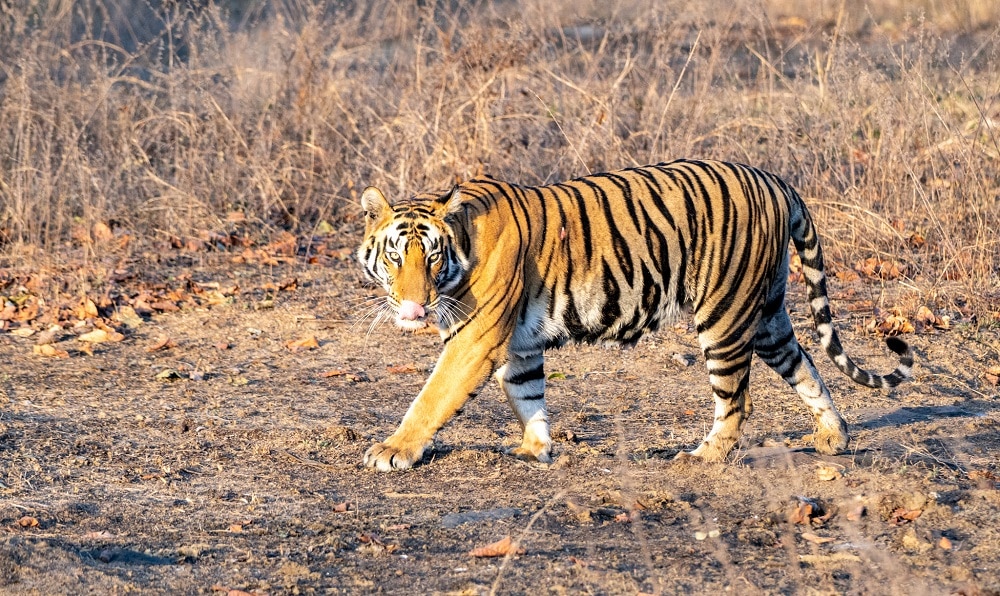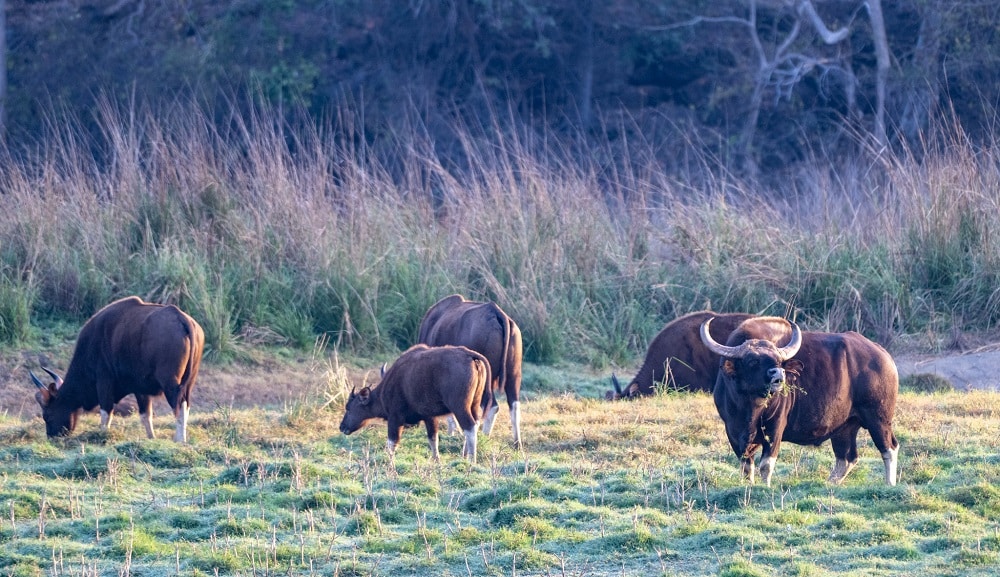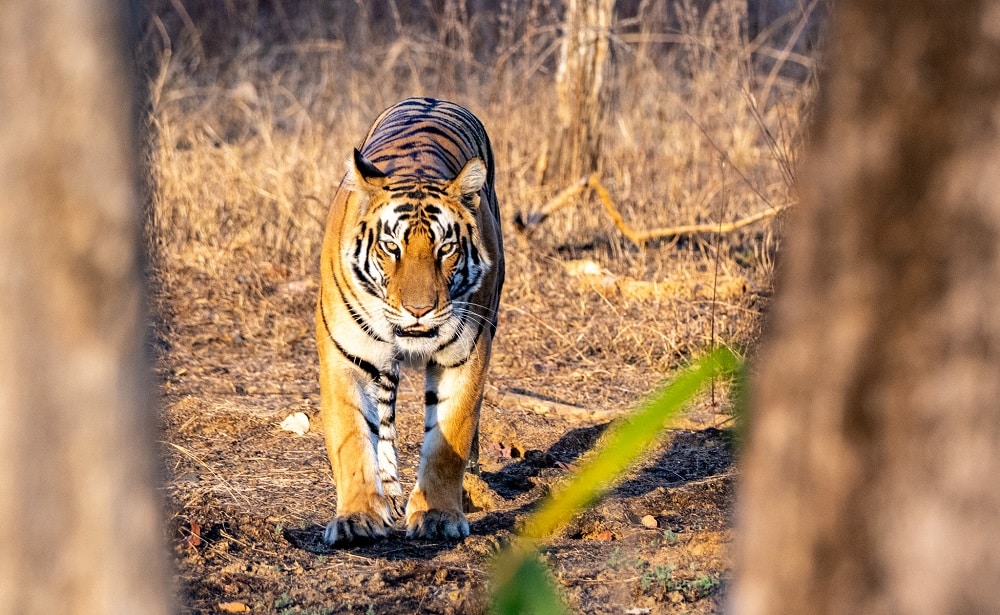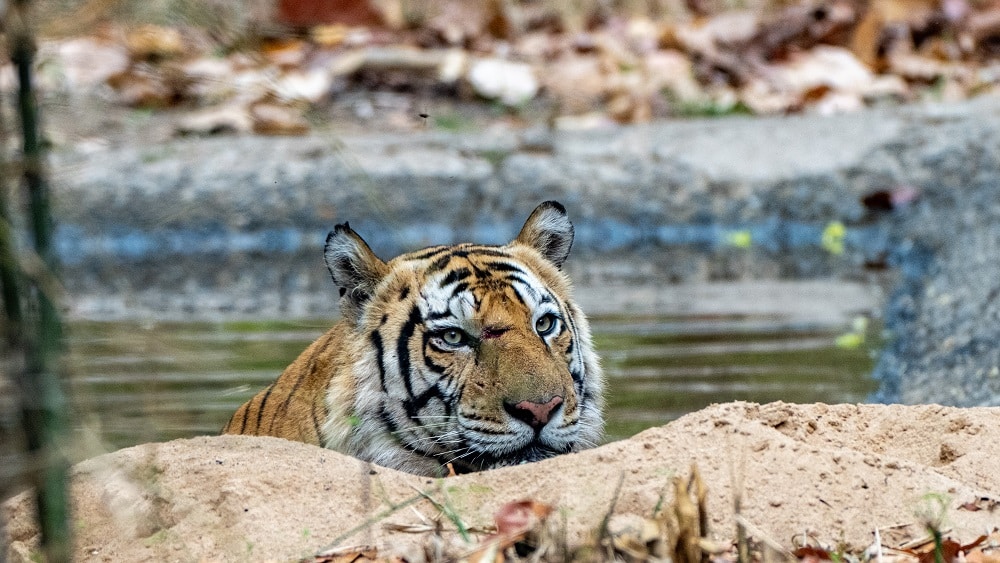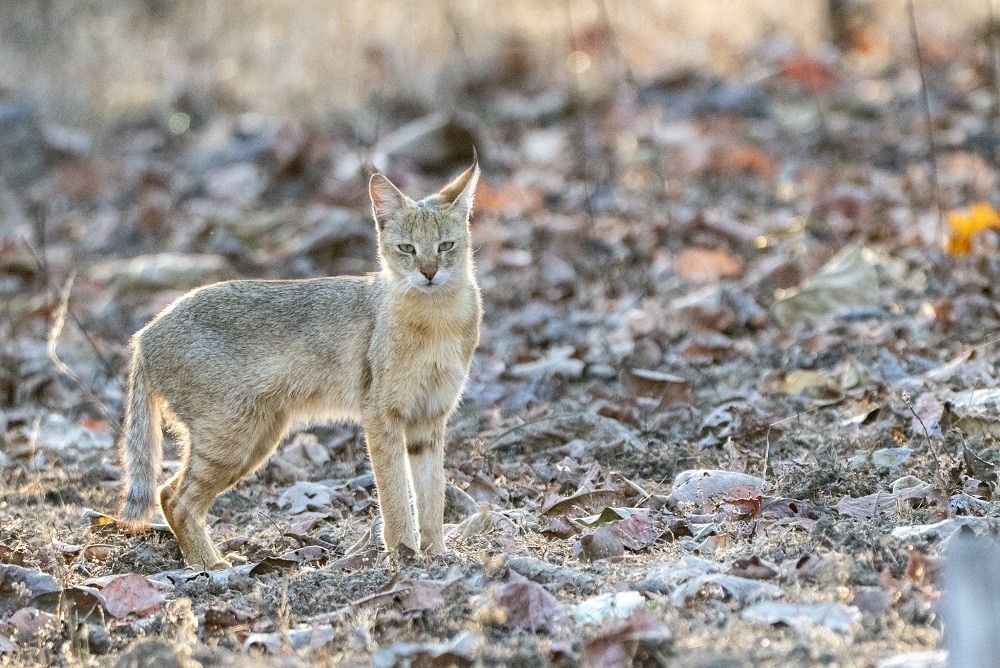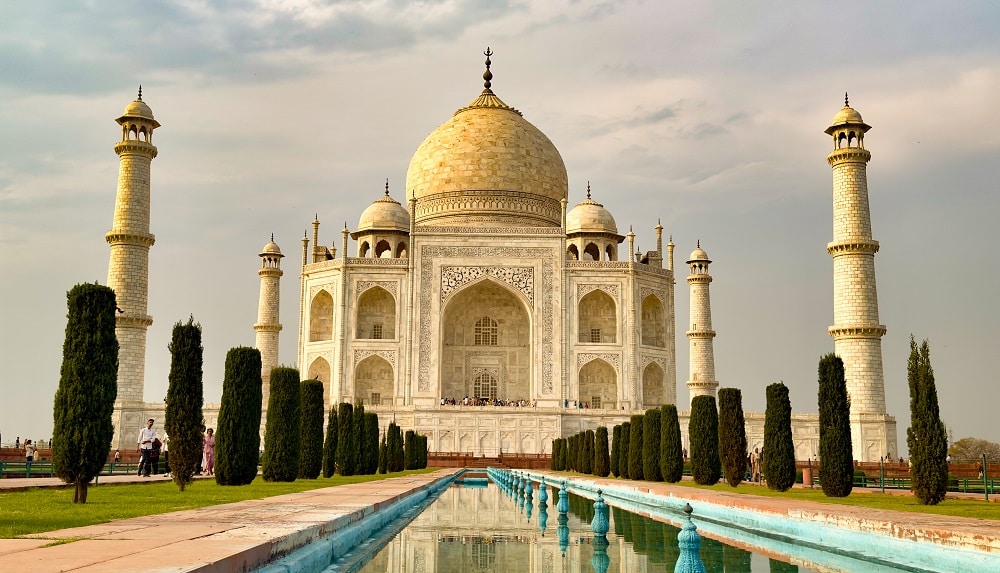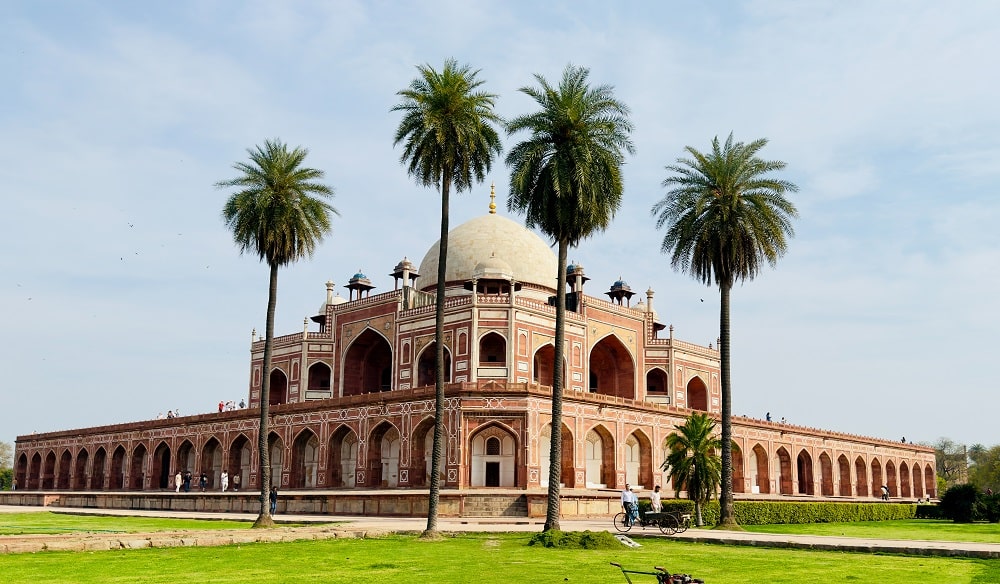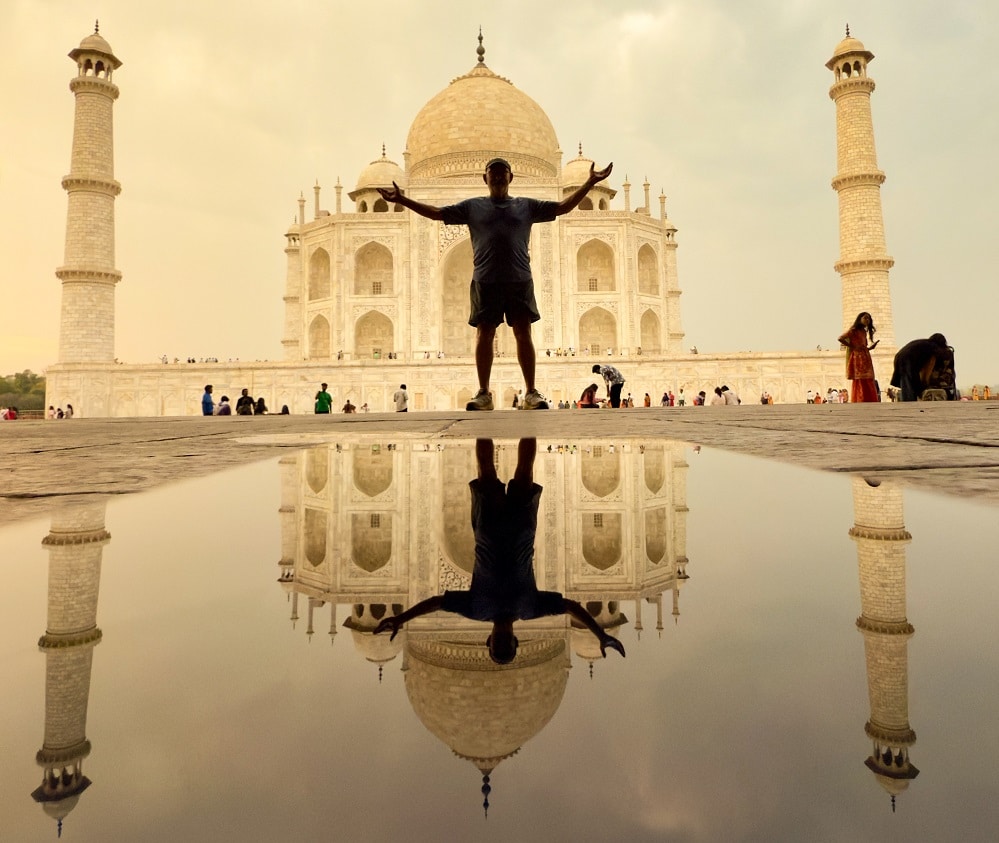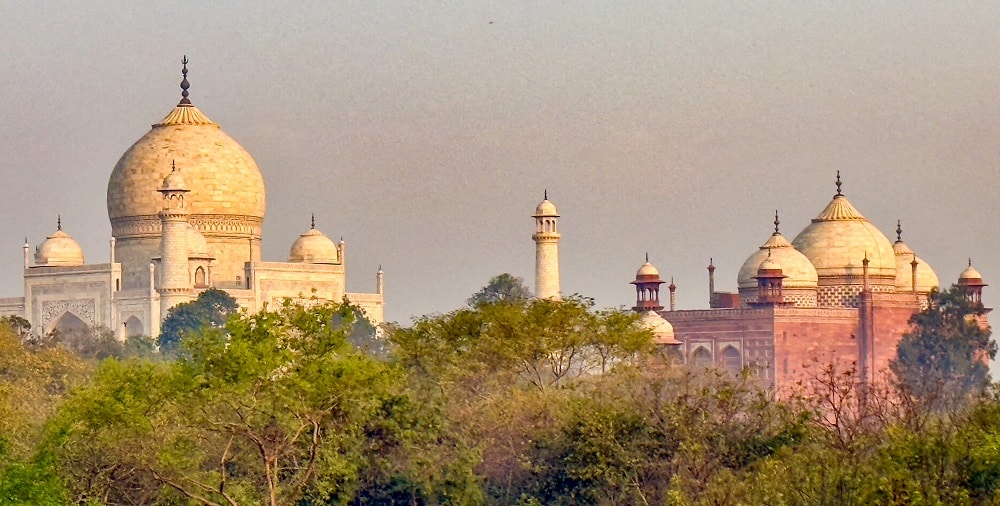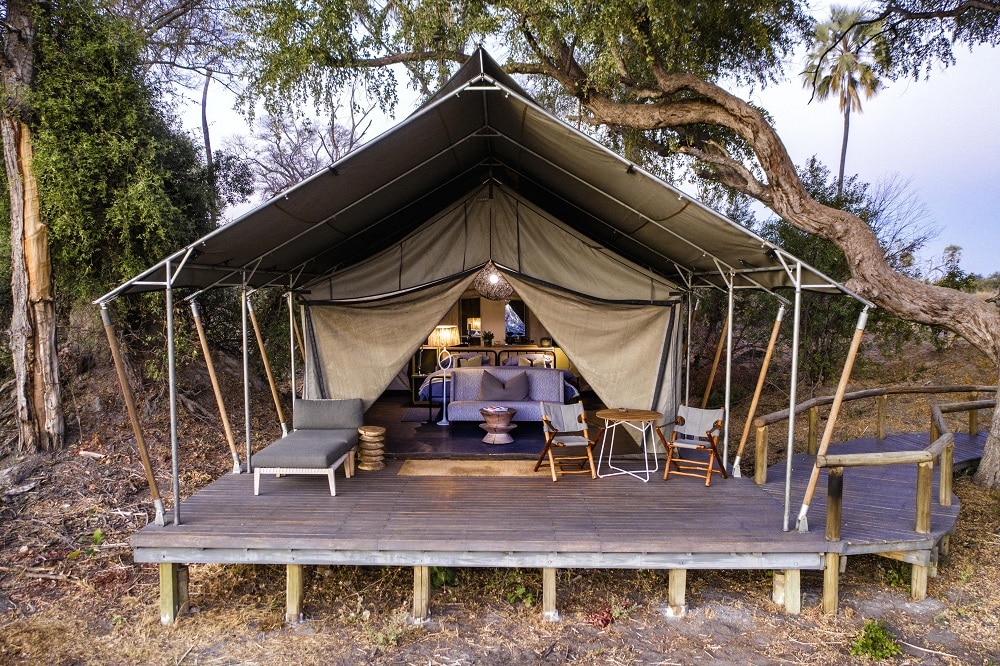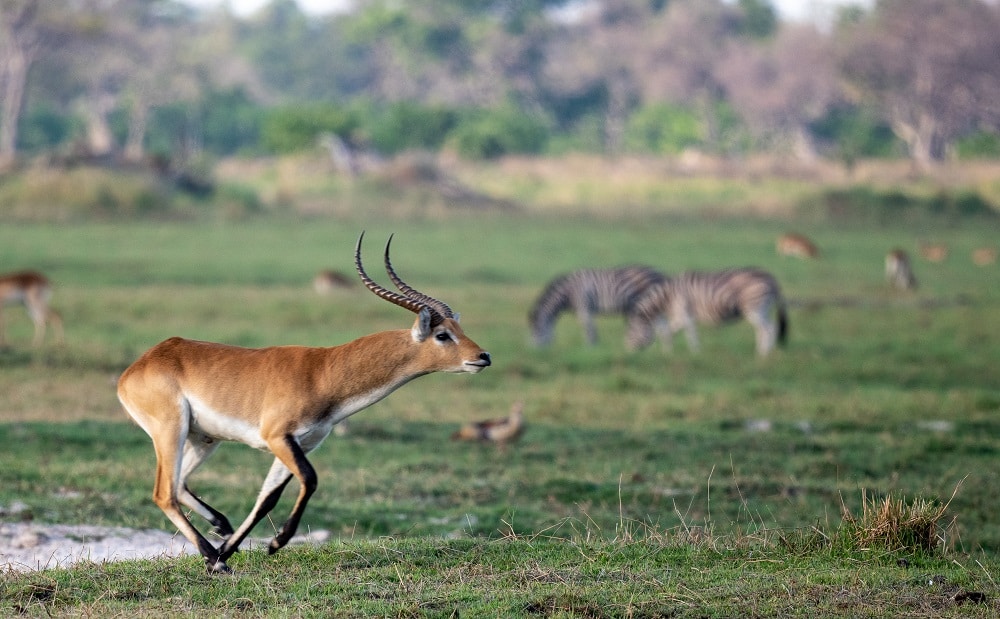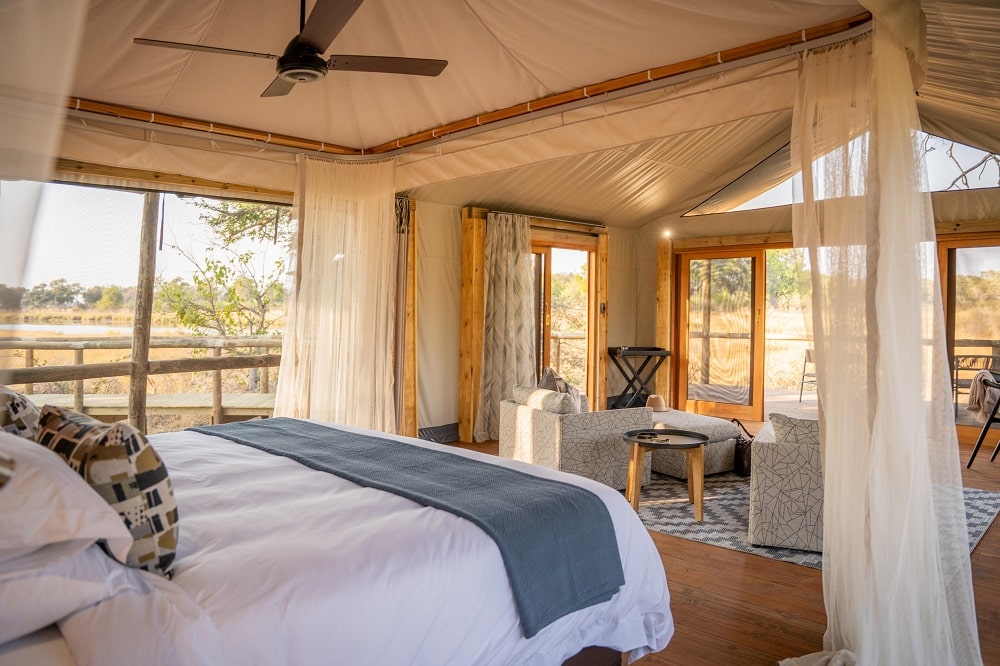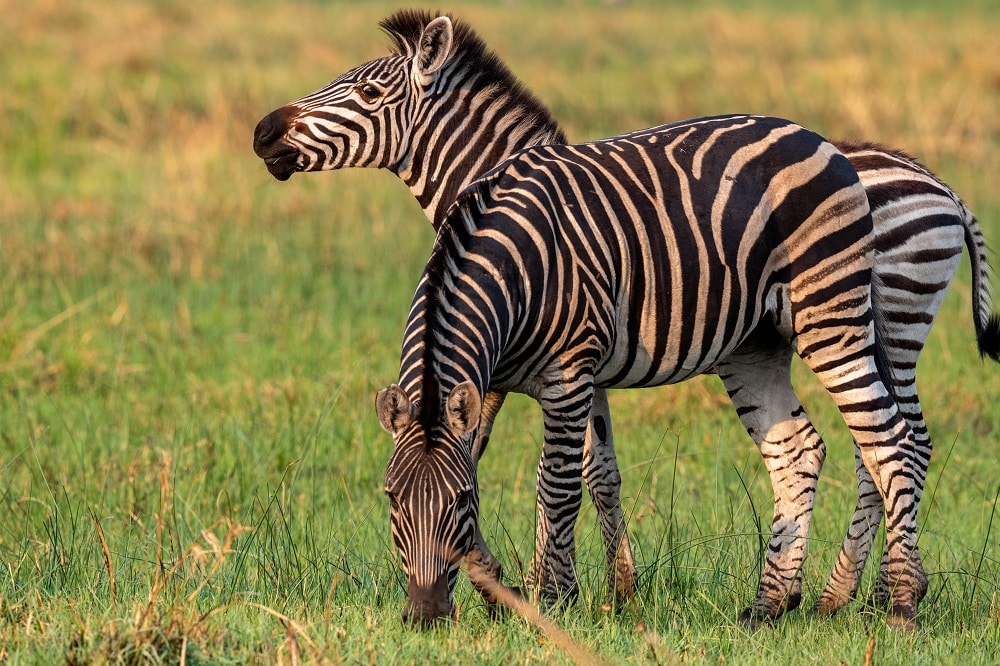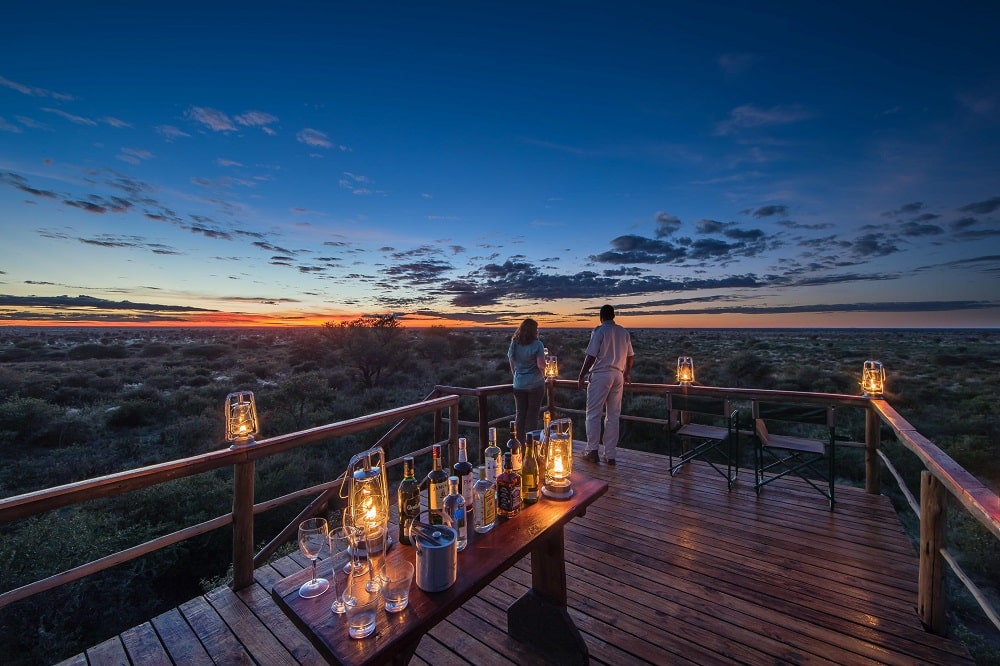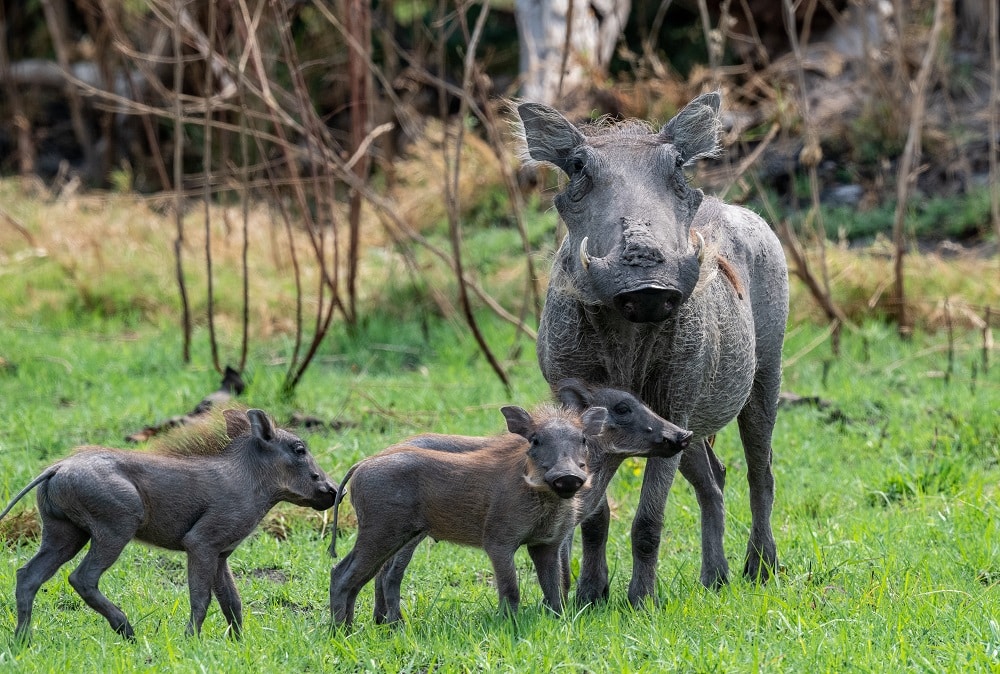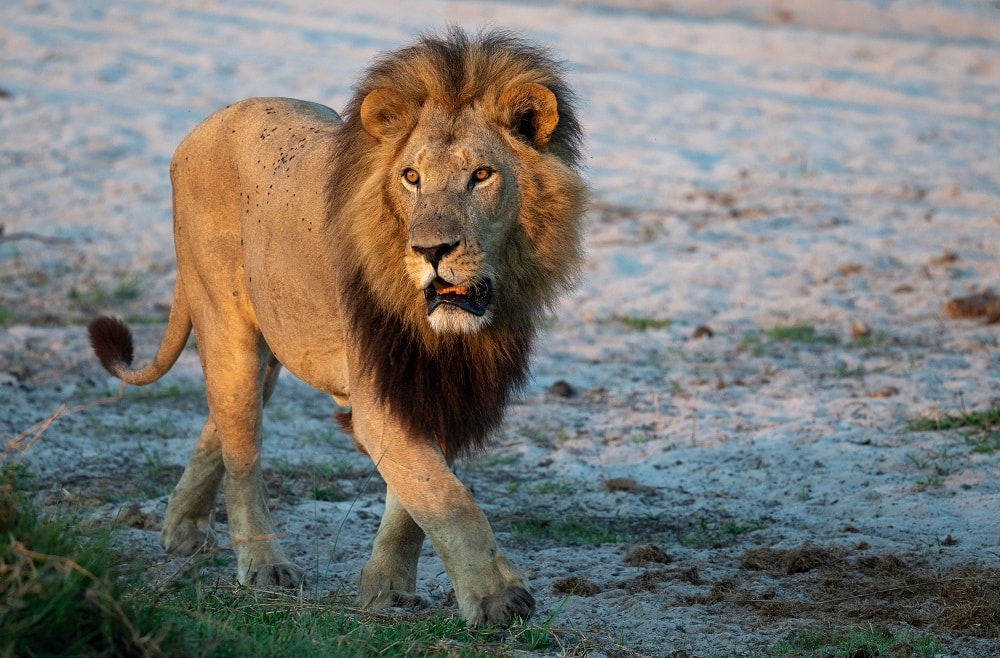There are several good reasons why Bengal tigers are sometimes referred to as ‘striped water gods.’ They are magical, mystical and utterly fascinating. And they like water. Divine? Why not? India may be a less than perfect tourism destination for reasons that are well known, but one good tiger sighting simply obliterates any irritation or discomfort associated with an India trip. Once and for all.
After a first trip to India and a first bite at the tiger apple, I was hooked. A second – much longer trip – confirmed the diagnosis. Tiger fever for sure. And of course the only prescription is – more tigers. So it was. I don’t even want to mention the total number of different tigers we saw on our two back-to-back tiger safaris last March-April for fear of setting an insurmountable target for our next trip coming up in late March 2026. Suffice it to say that we are looking forward to seeing at least 10 to 15 different tigers next spring.
Satpura (which we wrote about in our May newsletter HERE) will be included next year to improve our chances for a sloth bear sighting. The other three parks will remain on the itinerary: Bandhavgarh, Kanha and Pench.
Bandhavgarh National Park
Madhya Pradesh – a large central Indian State – is king among the tiger regions of the subcontinent. And there’s little dispute about its crown jewel – Bandhavgarh National Park. With nearly 90 Bengal tigers prowling its mix of sal forests, rocky outcrops and bamboo thickets, Bandhavgarh is where you may see several different tigers over the space of three or four days.
By the end of my third visit to Bandhavgarh I realized that finding tigers and enabling guests to take awesome photos of them is not something that just happens organically. You don’t just show up and drive out to find tigers, like oranges on a tree. To the contrary. In the pantheon of wildlife guiding, consistently being able to find tigers is in the masterclass category. It is a skill which requires acute sensory capabilities, a keen sense of anticipating animal behavior, loads of local knowledge and experience and the temperament and ability to be an effective team member or leader. Put all this together and you have your ‘born’ naturalist guides who can make quick, correct decisions as to ‘what happens next.’ The hallmark of an expert guide.
During my last two trips to Bandhavgarh I was privileged to work with a team consisting of Bandhavgarh lead naturalist Sadhvi Singh, forest guide Bharti Shukla and two different drivers, Dipak and Sanjay. As a team, they were simply phenomenal and I don’t think it is an exaggeration to say that every one of us on their vehicle had the time of our lives.
In retrospect those few days with the crack Bandhavgarh team scouring the forests and glades were among my most enjoyable experiences ever on safari. Not simply because our guiding team were so phenomenally good at finding tigers, but also because we connected with them on a human to human level.
In barely a couple of days we found common ground (our shared love of the wilderness and wildlife and the great outdoors) and we quickly realized that we enjoyed each other’s company. Every morning and every afternoon game drive was like opening a new gift, like being invited to a special, exclusive party. It was exciting, even exhilarating. Nonstop fun. Mostly because we were successful as a team in experiencing some extraordinary tiger and other wildlife sightings. But I think also because we realized how fortunate we were to be together in that special place, at just the right time of the year.
There are many opinions about the best time of the year to visit the tiger reserves in central India. From what I’ve experienced so far, the mid- to late March and early April timeframe is hard to beat. Most importantly, the forest undergrowth is not nearly as thick then as it is in the post-monsoon months. Which makes all the difference. Notably in being able to see a tiger at a distance coming and going. Not just a brief glimpse of it walking out of the forest, crossing a dirt track in a matter of seconds and then disappearing on the other side.
Also, by later in the dry season many of the tigers and other animals – including their prey species – tend to concentrate around remaining sources of water which improves the likelihood of seeing them. Unlike other big cat species, tigers positively like water and can often be seen cooling themselves on the edge of a lake or river. Or even swimming – as we were fortunate to see on one occasion.
My two recent outings to Bandhavgarh had many highlights. Here are a few of the signature tiger sightings, by name.
Bajrang
Bajrang – one of Bandhavgarh’s magnificent dominant male tigers – happened to be their first ever tiger for several members of our party. We initially saw him stalking an adult gaur – which was exciting unto itself. Predictably the tiger gave up on that risky proposition. Check out the horns on a fully grown gaur and you will know why. Opting for a graceful exit, Bajrang started to move from our left to our right, strolling slowly through a grassy area.
By that stage a squad of vehicles had moved ahead and around a corner, anticipating the tiger’s movement. And so it was. In full view of the admiring guides, drivers and visitors, Bajrang emerged from the tall grass, majestically striding towards and then right by us with barely a sidelong glance. Conversation ceased abruptly as everyone watched every footfall, one languid step after another, as the tiger demonstrated his absolute confidence in being master of his domain.
Silencing the entire crowd, Bajrang jumped across a gap in the path (I missed the shot) and then slowly disappeared into thicker vegetation. I felt like I had been holding my breath the entire time and I don’t think I was the only one. Even lead Bandhavgarh naturalist Sadhvi Singh proclaimed that no matter how many tigers she’d seen before, she still stands in awe every time it happens.
DM
On the afternoon drive on our first day in Bandhavgarh we experienced what may have been an even better sighting. A large and extraordinarily handsome male – DM – was spotted sitting in the water behind a dead tree at a distance. Our driver hastened to the spot and we got ourselves into what the guiding team thought would be a good position. They were right. Barely 10 minutes later, DM stood up from the water, gave us a few looks and then walked directly towards us, momentarily stopping to shake first his left and then his right front paw.
We had ample opportunity for some dead-on head shots before DM walked down an embankment. It’s over, I thought. Not so fast. Turning on a dime, DM walked back up the wall and then away from us and around the lake. Providing us with yet another opportunity to admire him, the tiger then stopped and looked up before crossing the lakebed. We had come practically full circle as he was once again walking almost directly towards us. Eventually DM moved past us and into a forest, at which point we let him go. A tiger sighting for the ages.
Pujari
On an uncharacteristically rainy and overcast day we initially didn’t have much success, until we saw a female tiger lying down at a distance, again close to water. Even from far away we could discern some of the telltale differences between male and female tigers. Females are smaller and more slender, they also have noticeably smaller heads and are generally more orange in color than males.
That afternoon we observed yet another one of Bandhavgarh’s dominant males – Pujari. In the water, right below a dam wall, with his backside towards us. It took some patience on the part of our team but once again they made the right call by sticking around. After maybe half an hour or so, Pujari got up from where he was cooling off in the water and walked up and over the dam wall. His distended stomach told a tale of a successful hunt. Thirty or so minutes later, we saw Pujari again as he re-entered the water in pretty much the same spot.
Jamhole
The following day our team’s strategic decision to delay the start of the game drive by half an hour or so paid off handsomely. Knowing that yet another dominant male in the area – Jamhole – habitually frequents a specific water spot a bit later in the afternoon, it was much more than luck when we found him there. Almost all the other vehicles had driven much further into the park by then so we had Jamhole all to ourselves. Jamhole – the first tiger I ever saw (in January 2023) – was looking a little beaten up with a visible facial wound and some puncture marks elsewhere on his body. None of us were surprised when Jamhole got into the pond. We were happy when he got out of the water though, crossing the road right in front of us. There were no other cars around for the duration of the sighting which lasted a good 15 to 20 minutes.
Buffer wali – and more
A bit later we found the Buffer wali; wali being the Hindi word for female. Initially spotted sitting up in an open firebreak, the tigress soon walked into the thick bush, which is when all the other cars took off. We did not. Within 10 minutes or so our patience paid off as the Buffer wali emerged from the bush and crossed the road from our right to our left, giving us a couple of good looks. Another good photo op? Check. Except this time you had to be ready and prepared with a relatively high shutter speed to stop the motion.
The afternoon game drive that day was a riot. It started with a female tiger sleeping in the grass. Not our best view ever but it didn’t really matter. Not that day. Minutes later we spotted a male tiger walking across the road. And then proceeding to lie down in full view of his grateful audience, in good light. It was Bajrang doing his best rock star tiger routine.
The next 45 minutes or so produced sightings of three additional tigers: a subadult male and female on walkabout, and another tiger on a rocky outcrop as the light was disappearing and we were making our way back to camp. All our tiger sightings that afternoon were within a kilometer of each other.
Earlier in March – on the first of two back-to-back trips – we had experienced several equally amazing tiger sightings at Bandhavgarh:
- A dominant male tiger ended up in full view, reclining on a flat rocky spot at the top of a ridge. It took an hour of patiently hanging around before he made his move from being hidden by vegetation to posing for what turned out to be one of the best photos of the trip.
- A large female tiger which had been lying about 10 meters off the road eventually got up and walked first parallel to and then across the road.
- A family group of four tigers – a female with three youngsters – provided us with some tantalizing images walking at the edge of a forest.
When we were not seeing tigers, we were looking at some of the many other mammals and birds to be found in Bandhavgarh. A highlight one morning was a female leopard fairly deep in a forest, nicely positioned on some logs, a few feet off the forest floor. The spotted cat was about 50 meters from the edge of the road. While I got some pretty good photos of the leopard, they could have been much better. My mistake? Not using a monopod in order to keep the shutter speed as low as possible in poor light conditions.
Yet another memorable Bandhavgarh tiger sighting was of a female tiger and her subadult daughter walking parallel to the road checking out some scent markings on a tree stump and then moving on. A little while later we relocated the mother who emerged from the forest where she provided us with yet another good photo.
And finally, a family group of five tigers emerged from the sal forest and crossed the road right in front of us. It wasn’t so much a photo opportunity as it was a reminder of the vagaries of wildlife viewing. Had we gotten to that spot five minutes later, we would have seen – nothing.
Getting to Bandhavgarh
Getting from Delhi to Bandhavgarh takes the better part of a day. It starts with a morning flight of about two hours from Delhi to Jabalpur Airport. From there it is a 3.5 to 4 hour road transfer to Bandhavgarh. Driving on mostly narrow winding asphalt roads, the trip is not without some highlights. Passing through several small villages along the way it is impossible to avoid the crowded streets – particularly on market day. Streets in many parts of India – notably in rural villages and towns – are so much more than roadways for traffic. Mostly they seem to be extensions of the sidewalks. Clogged with careening motorcycles, bicycles, tuktuks, pushcarts, pedestrians, dogs, cows and even domesticated buffaloes. Colorful displays of goods for sale – of every description from fruits and vegetables to shoes and saris – spill out into the roadway.
Bandhavgarh Jungle Lodge rooms and dining
Bandhavgarh Jungle Lodge has two types of comfortable air conditioned rooms, a large lounge and dining room area with an open upstairs balcony. Dinners are served in various locations including an outdoor area at night. Over the course of three different stays at Bandhavgarh over the last couple of years, we’ve found the property to be professionally managed, the staff exceedingly friendly and the meals varied and nicely prepared.
Dinners are usually preceded by some finger food snacks like chicken tikka or paneer or something similar, perhaps with a pre-dinner cocktail or soft drink. Next up: a soup of some sort (vegetable mostly) and then a selection of buffet items including chapati and other breads, various salads, a couple or more vegetarian dishes and some chicken and fish. All tasty and flavorful and not overly spicy in the ‘hot’ sense of the word. A dessert is served separately and it could be a fresh fruit salad, a caramel custard, gulab jamun or jalebi.
One of the most fun activities on a tiger safari is the mid-morning breakfast. Around 9 am or sometimes a bit later – quite a bit later if the tiger viewing is hectic – the safari vehicles congregate at an open-air campsite. Everyone gets out and walks around a bit, maybe for a stop at the rest room facility, or simply to stretch their legs and check out the surroundings.
Meanwhile the camp team sets out an absolutely splendid breakfast spread, usually on the bonnet of the safari vehicle. There’s freshly brewed coffee, hot tea, juice, sandwiches, cookies and cake, some fresh fruit and boiled eggs. Plus a typical Indian breakfast offering such as samosa, aloo bonda, vegetable cutlets, or parathas with chutney and pickles.
At Bandhavgarh the picnic site has several vendors preparing a local favorite- a noodle dish which goes by ‘Maggi’. It is essentially ramen noodles doctored up the Indian way with fresh chilies and onions. Be daring and try the hot version!
All national parks are closed on Wednesday afternoons, so we had one afternoon free. At around 5 pm we went off to the nearby village of Tala to check out the local market. Walking around the open market with most of the items spread out on blankets, we observed the vendors doing brisk business in fresh vegetables, fresh fish and goat meat, some prepared foods, clothing, shoes, grains and spices. It was colorful, authentic and quite fascinating. Adding a peculiarly India note: having to dodge a wandering cow in the narrow aisles between the vendors.
For information about our Fish Eagle Safaris March 2026 small group trip to India please contact Bert at bert@fisheaglesafaris.com, or leave a message with our answering service at 1-800-513-5222 or at 713-467-5222.


